Peaceful and Minimalist Zen Garden Design Ideas
Originating from Japanese Buddhism and Taoism, Zen can be summed up as a mission to understand life’s meaning through experience. It is not about studying the world around us, but more so about merely existing. Outside of these religious sects, we primarily associate “zen” with a home decor aesthetic. Zen gardens are the most obvious example, drawing inspiration from meditative gardens historically built outside Zen monk temples. These Zen garden ideas are meant to bring peace and harmony to an otherwise chaotic world.
Understanding spiritual Zen is a lifelong endeavor and something few of us will ever achieve. But if you want to enjoy the peaceful tranquility of nature in your own backyard, you can introduce a bit of Zen to your private space. Here are some zen garden ideas that will help you along the way.
1. Enhancing Zen Garden Ideas
In modern contexts, Zen gardens and sculptures tend to go hand-in-hand. That said, famous examples of 16th-century Japanese gardens don’t feature any sculptures at all. These gardens were, however, quite often near Buddhist Zen temples.
Stone garden decor goes quite well with the zen garden aesthetic that we know today. Try using a stone lantern to light your garden pathway rather than a metal or plastic one. Fountains, birdbaths, and ornamental sculptures are other great options.
If your zen garden design includes a water feature, consider adding a small bridge. You can take inspiration from traditional Japanese bridges or choose a more contemporary style. Either way, you’ll be forging a stronger connection throughout the space as a whole.
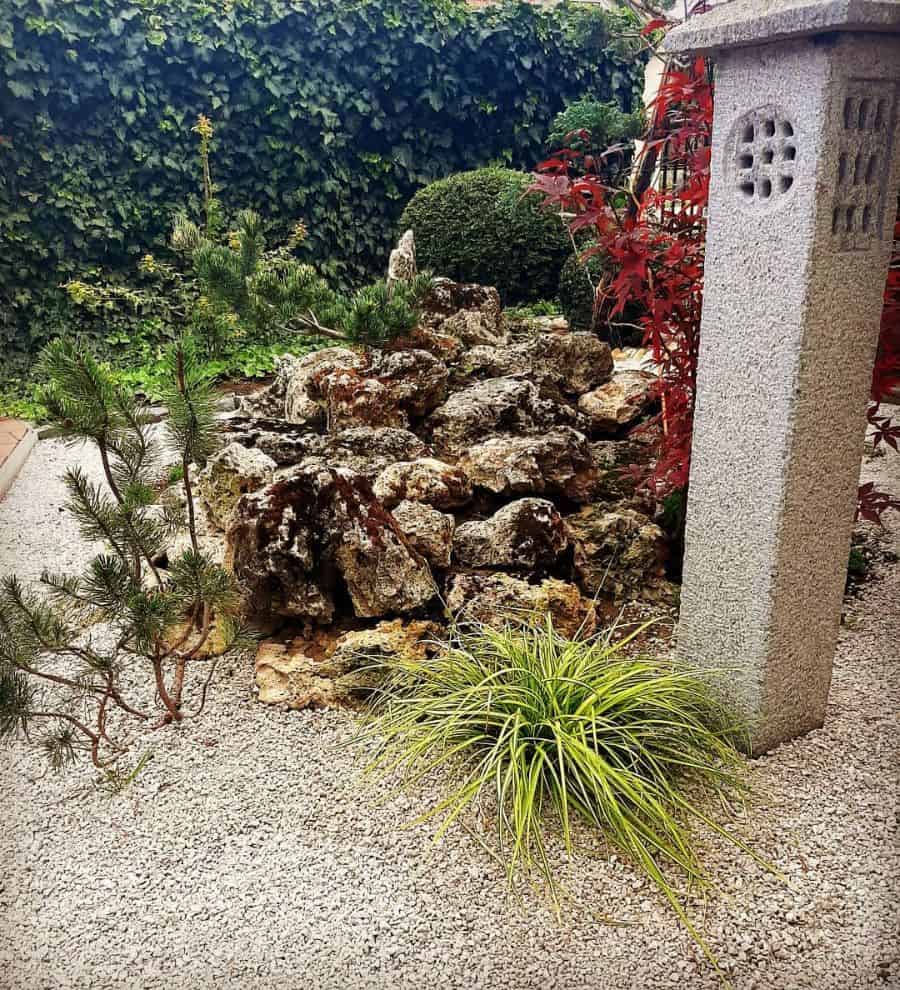
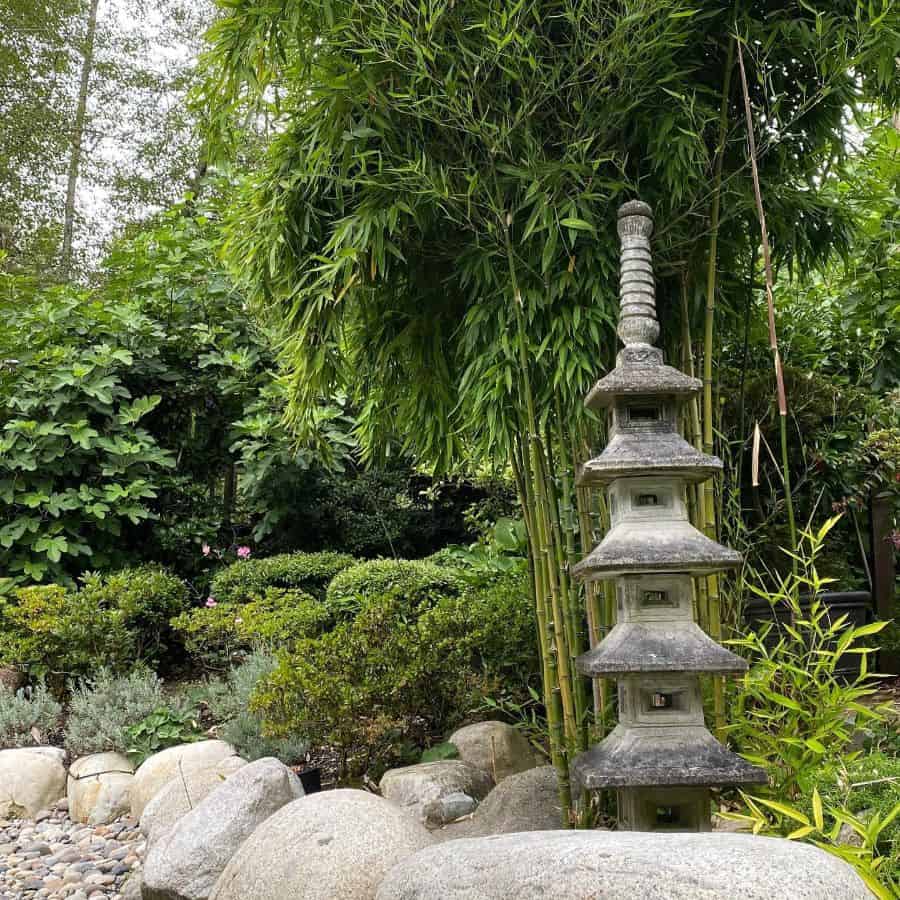
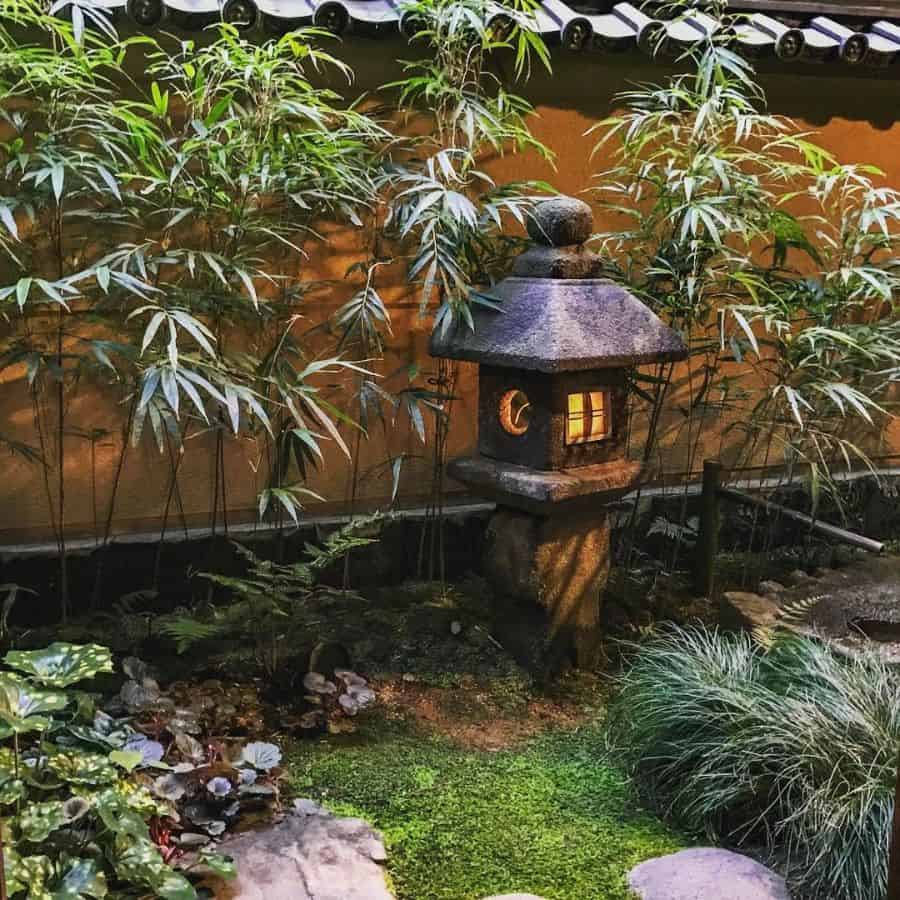
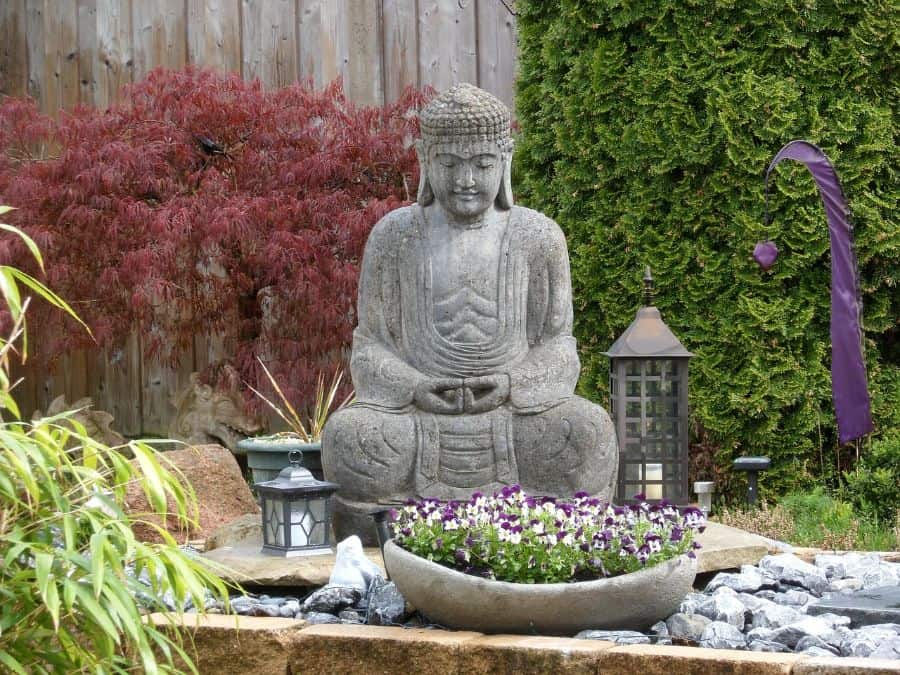
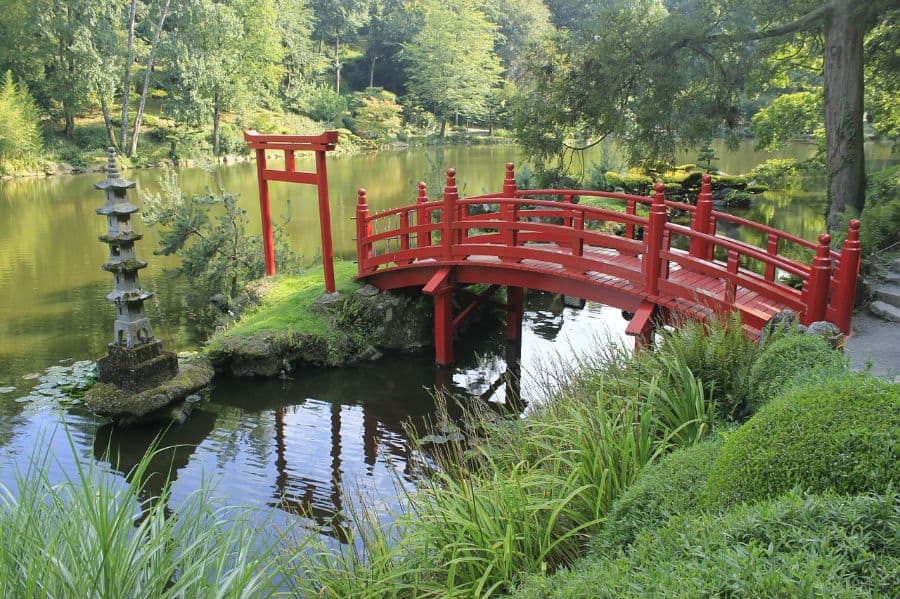
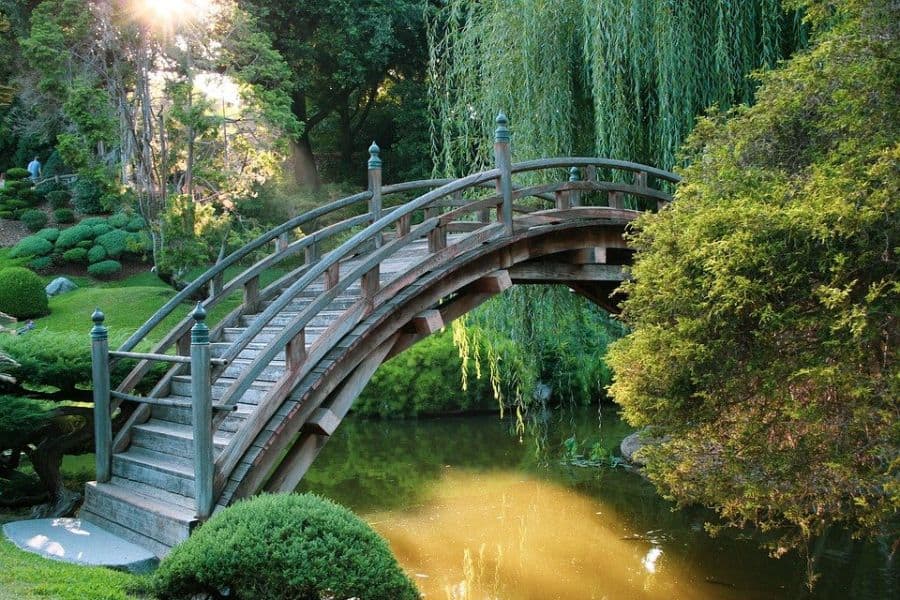
2. Harmonious Elements
If there’s one thing you expect to see in any ornamental zen garden, it’s a koi pond. Koi ponds can be completely self-contained, or you can add intrigue (and the tranquil sound of running water) to your landscaping by installing a small brook going to and from the pond.
Natural-looking ponds are likely the most popular. You can achieve the look by lining the water with stacked rocks and incorporating plenty of aquatic plants. If you prefer a manicured style, go with a sleek, geometric-shaped pond instead.
Of course, not every homeowner can or wants to care for live fish. You can always stock the pond with native plant life and call it a day. You can also treat the pond as a natural watering hole for the local wildlife—you won’t need koi fish when the birds, insects, and other critters come to pay a visit.
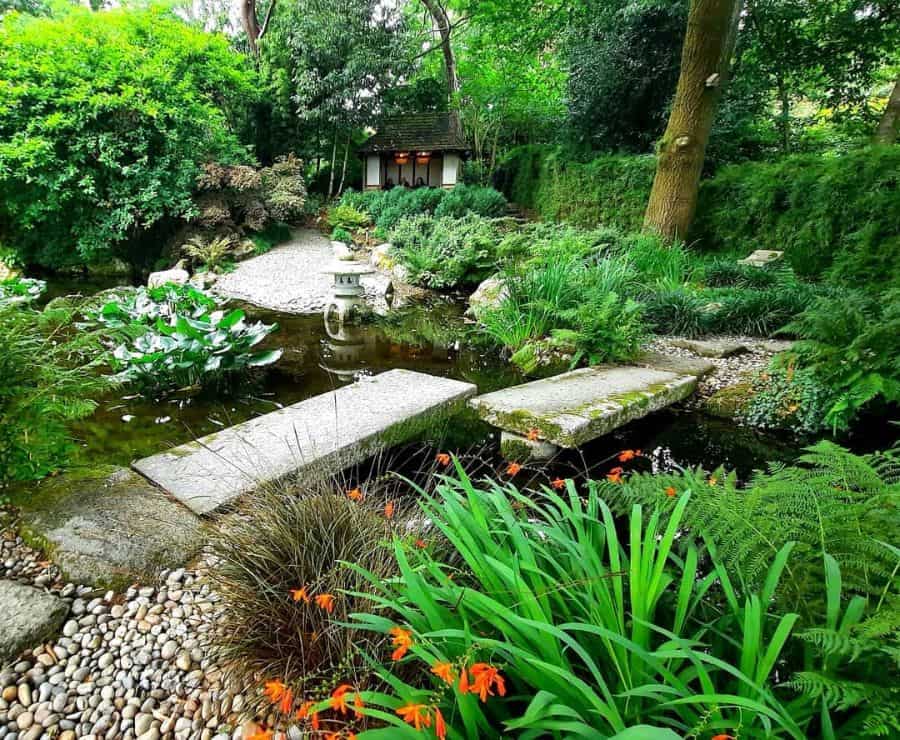
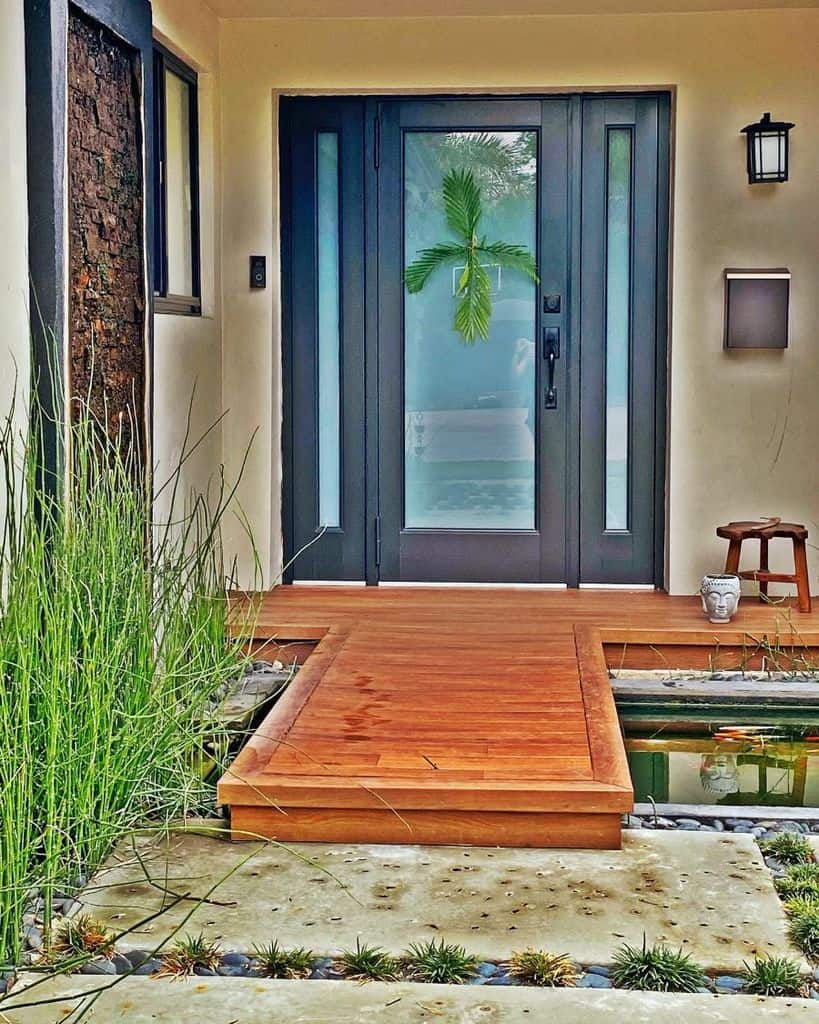
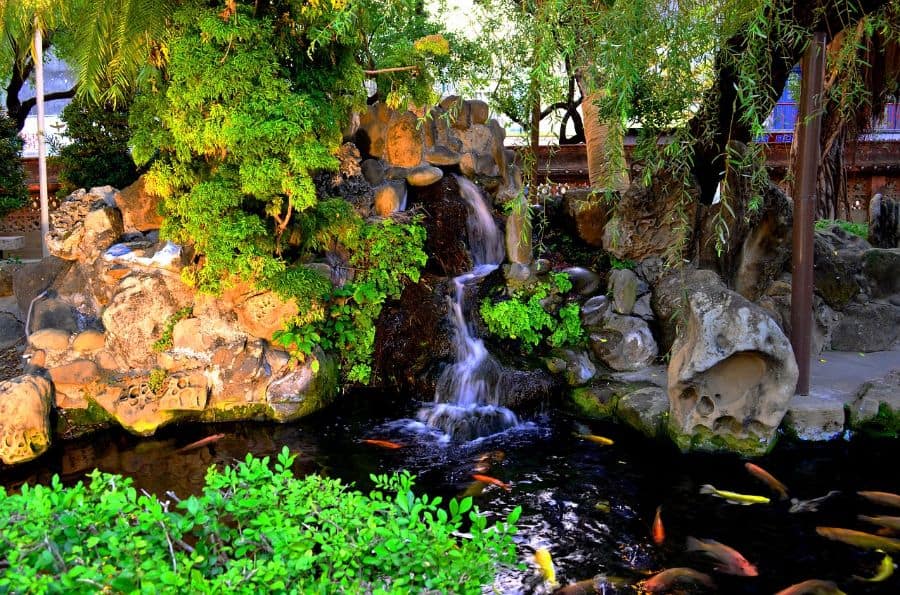
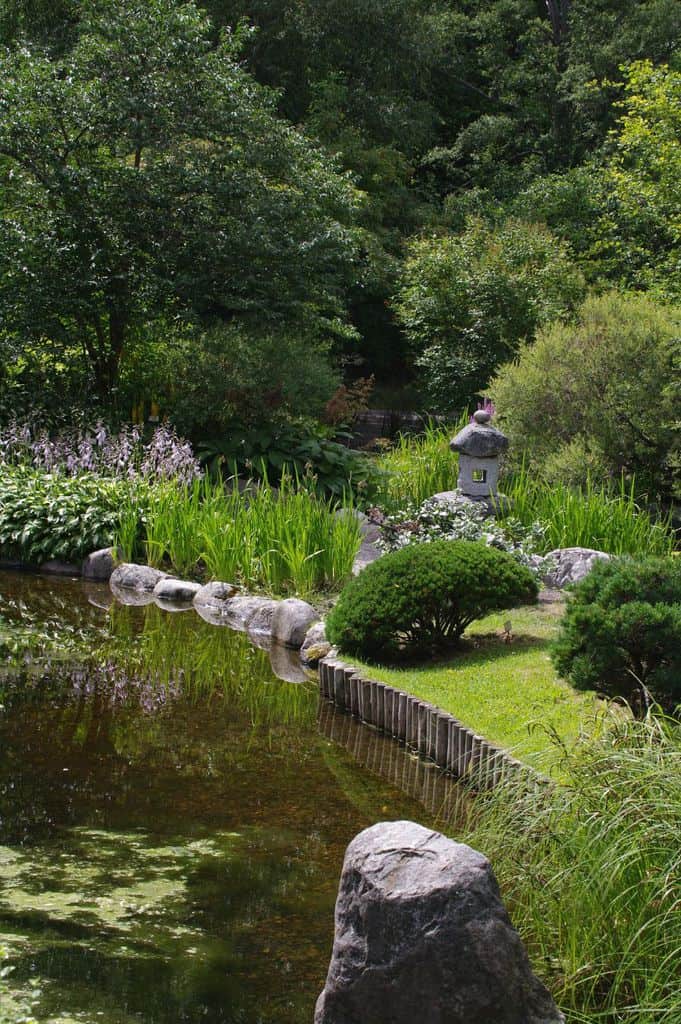

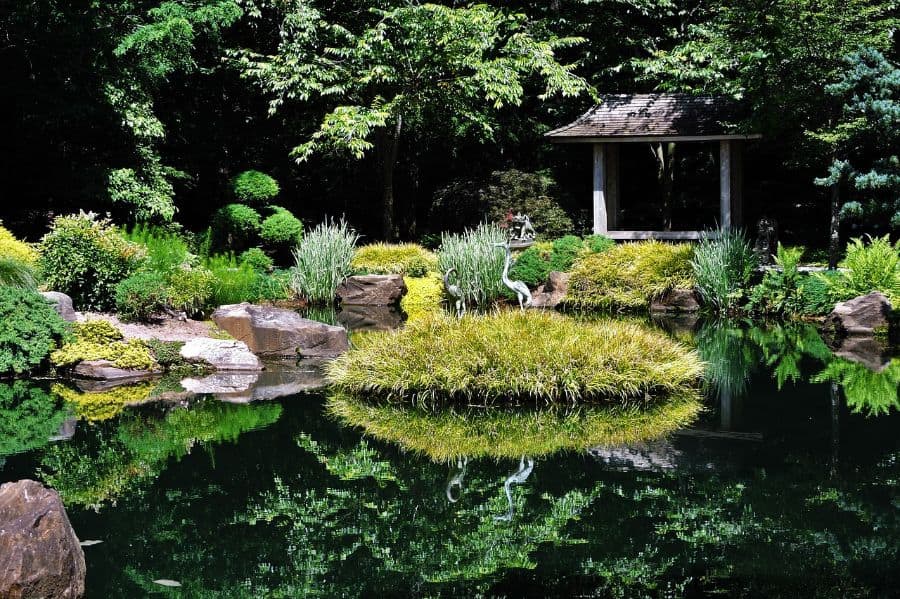
3. Miniature Inspirations
If you’re familiar with the art of bonsai, then you already know a bit about miniature zen gardening. Many people also practice mindfulness using arrangements of succulents and moss.
It’s easy to design a table or desktop Zen garden for those moments you need to ground yourself during a stressful day of work. Slow-growing plants are best. Some, like small evergreens, even allow you to train and prune your mini-Zen garden as you go.
Just like outdoor gardens, plants aren’t a necessity for your miniature Zen garden. Arranging sand, gravel, and stone can be just as fulfilling. Use small figurines or an air plant in your DIY zen garden design to create your perfect escape.
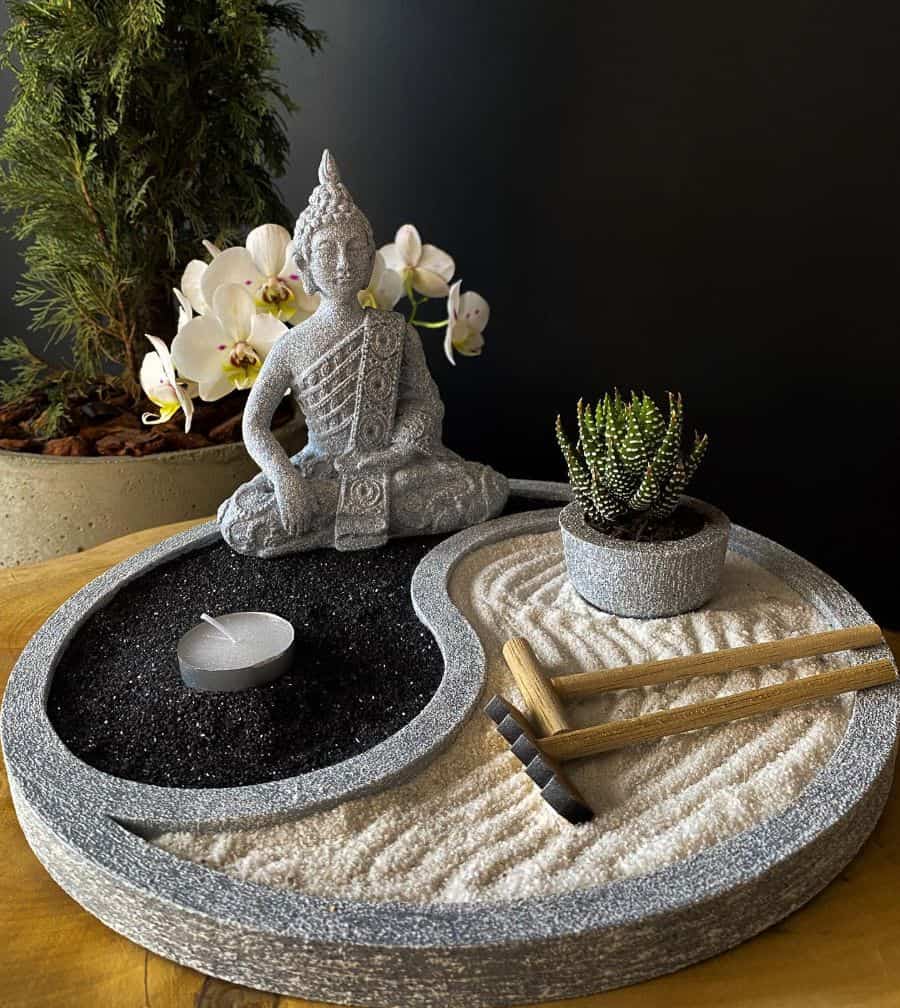
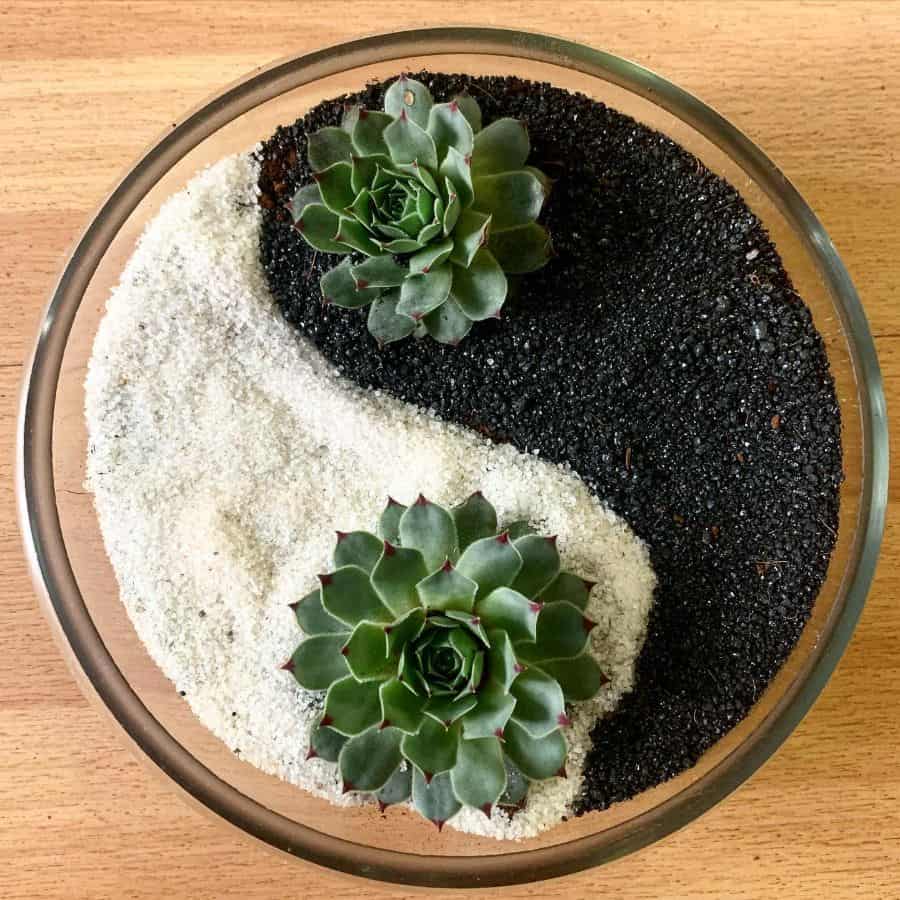
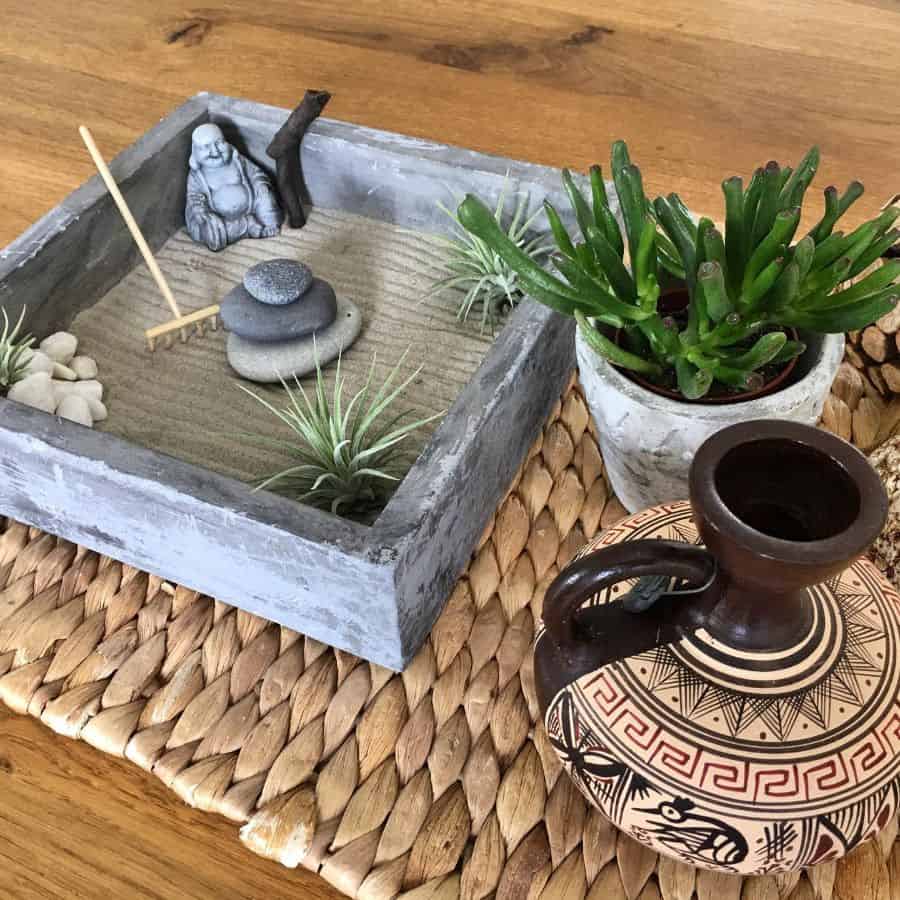
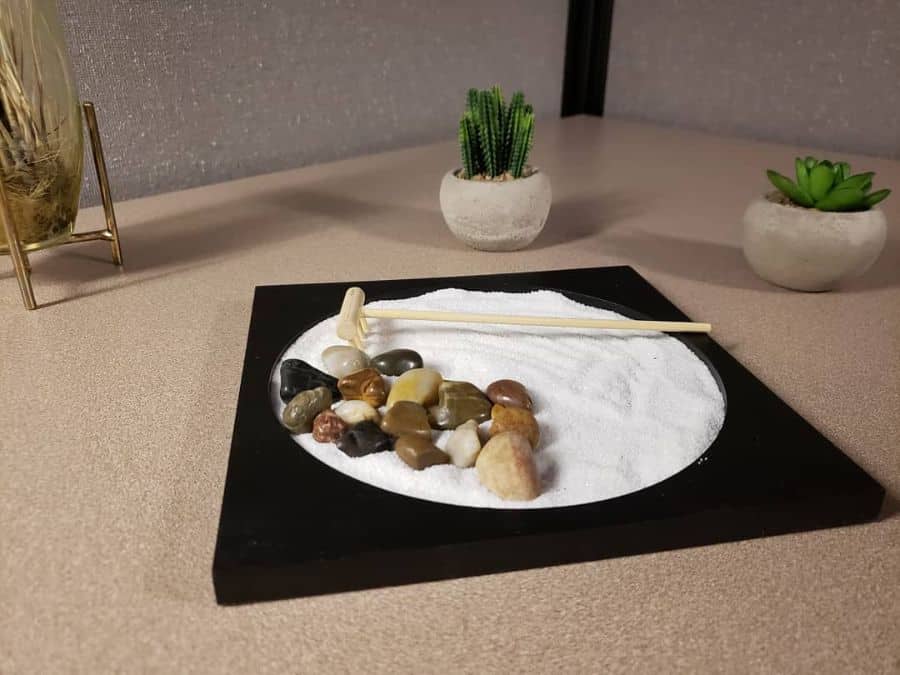
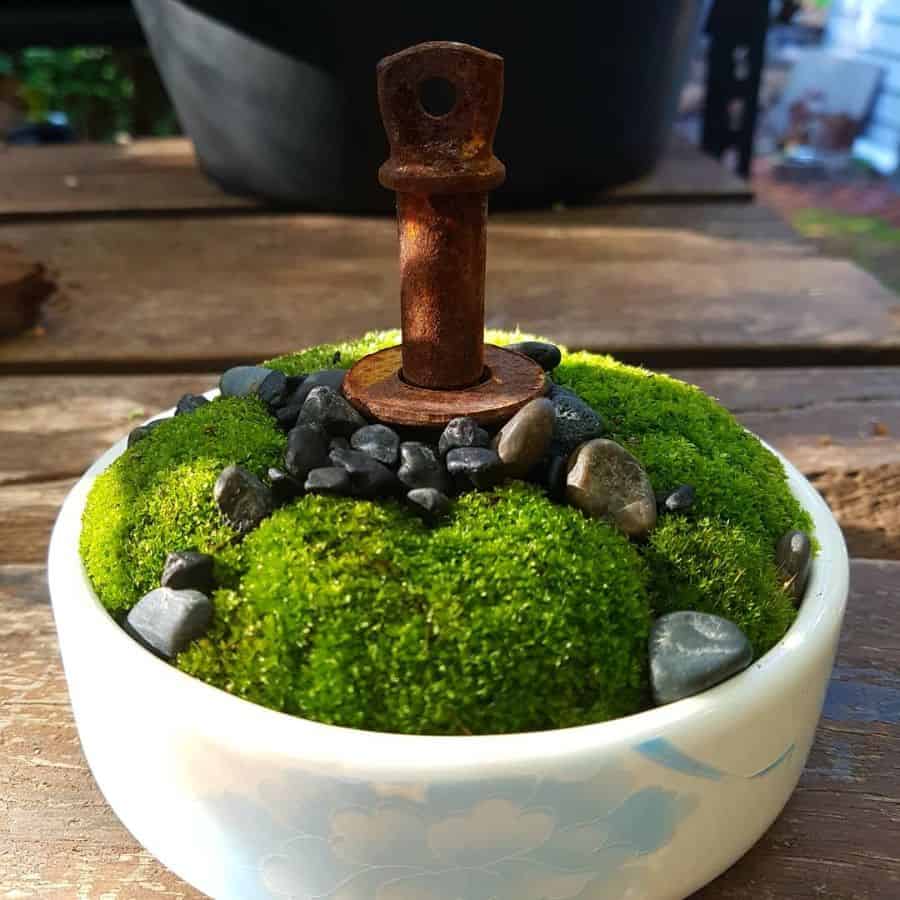
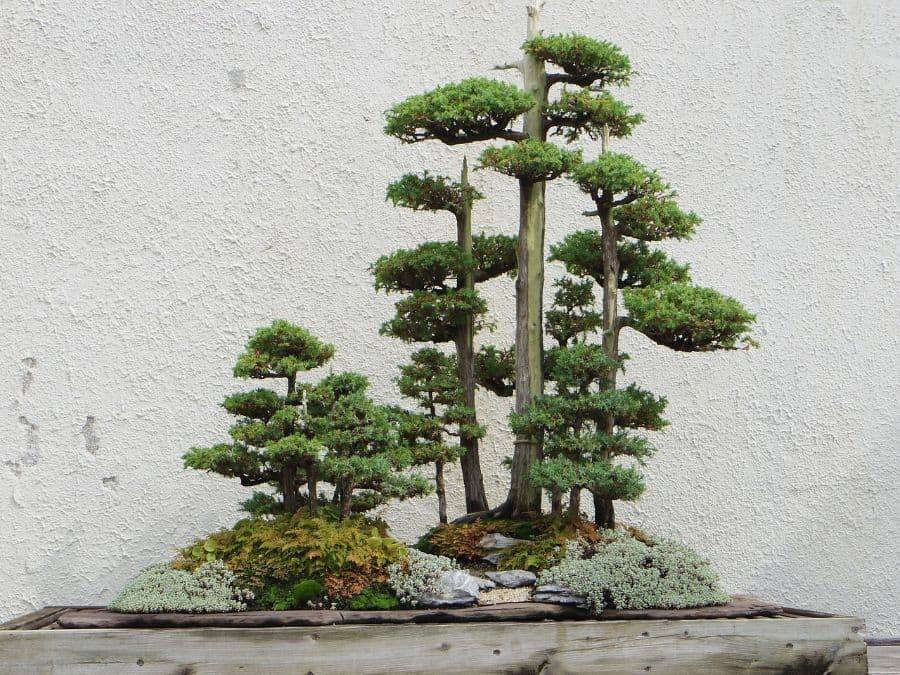
4. Contemporary Tranquility
You might not realize it, but you don’t need to look far to find modern home design directly influenced by Asian architecture. So it makes sense that the two would work perfectly together in a modern-inspired Zen garden.
Since both aesthetics emphasize sleek lines, start your garden by dividing up the space into clear sections. This could mean delineating a patch of grass, patio, or walkway from your rack garden. Or it could mean using different-colored gravel in your garden to create geometric patterns.
Your landscape should consist almost entirely of squares, rectangles, and circles. Use your plant life to break from this symmetry and add some interesting contrast. Natural stone slabs—functional or purely ornamental—will also contrast beautifully against sleek modern elements.
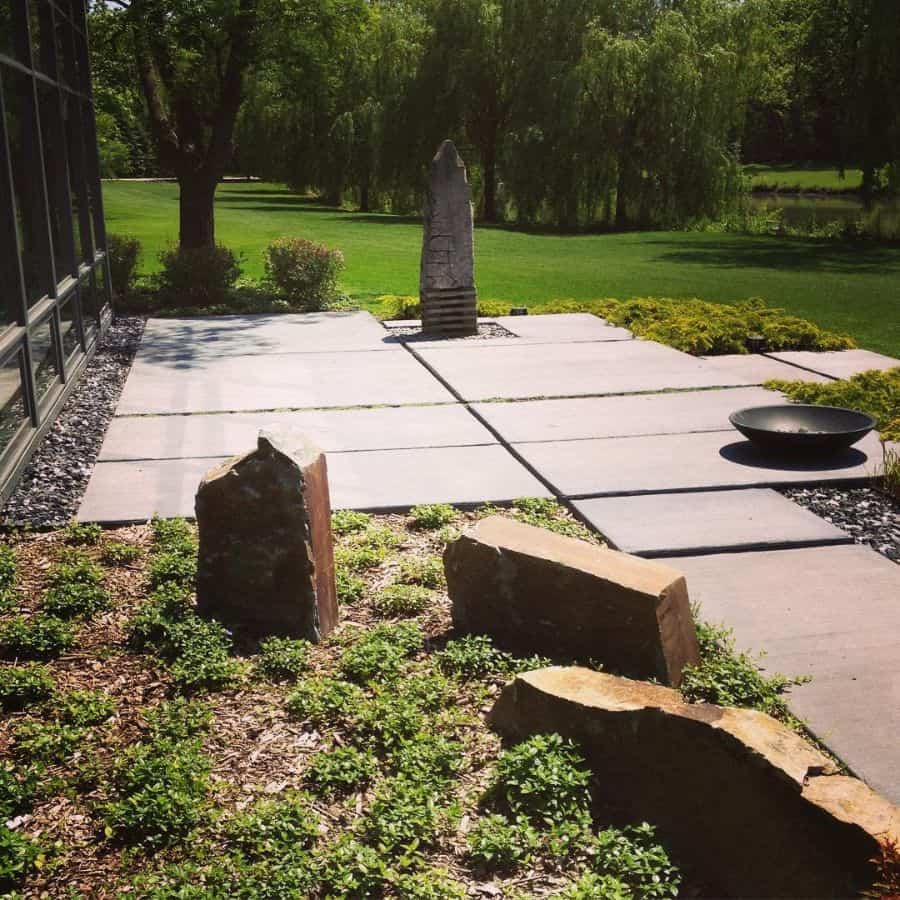
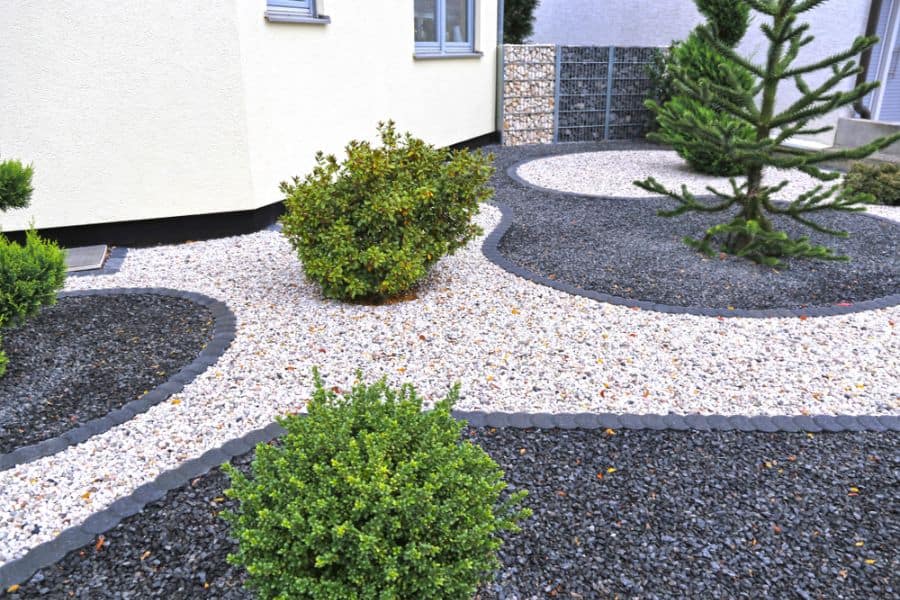
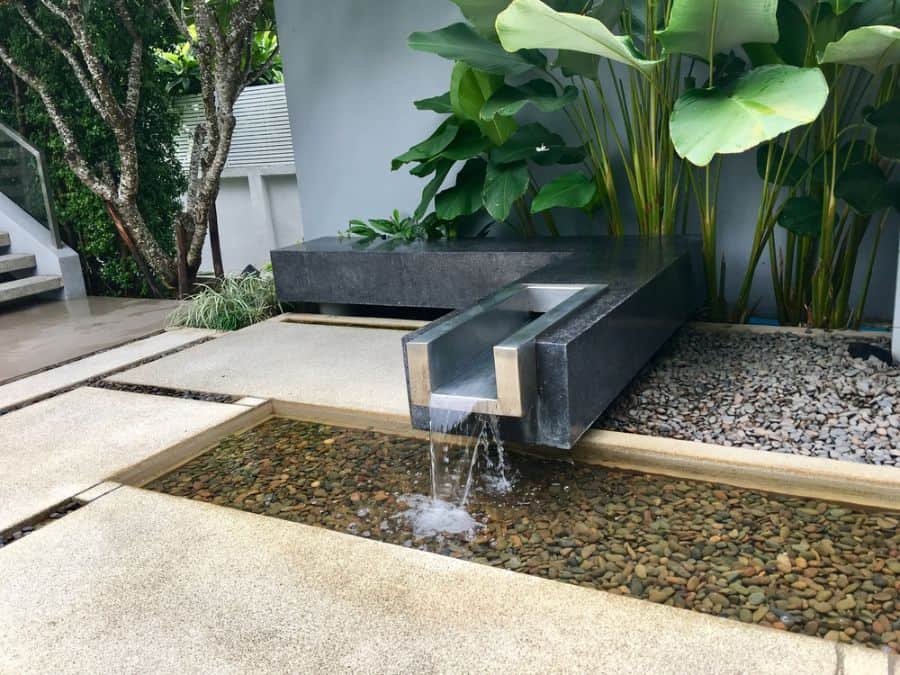
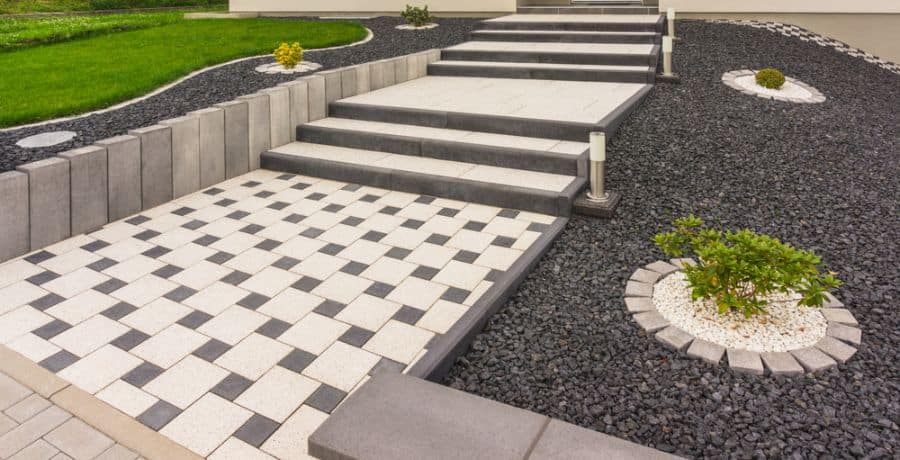
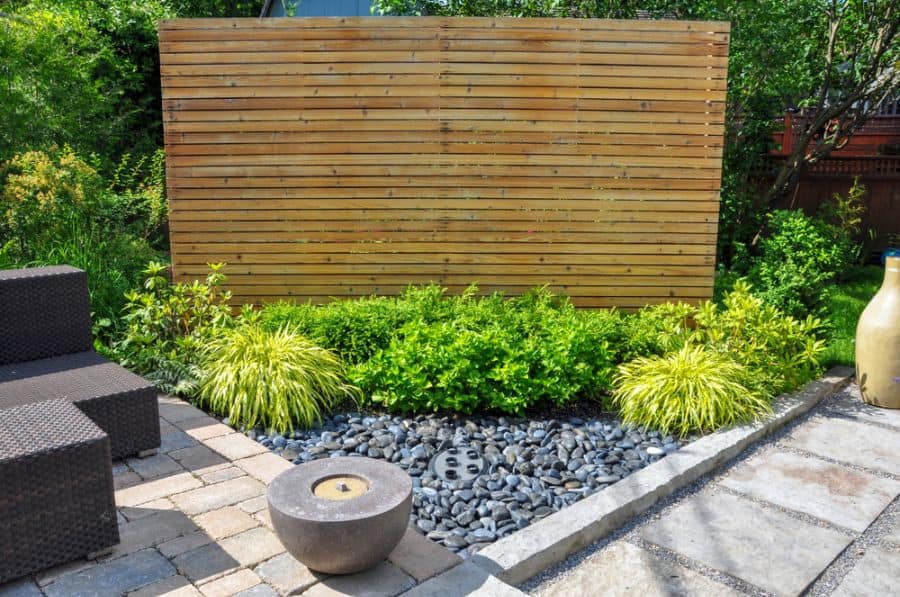
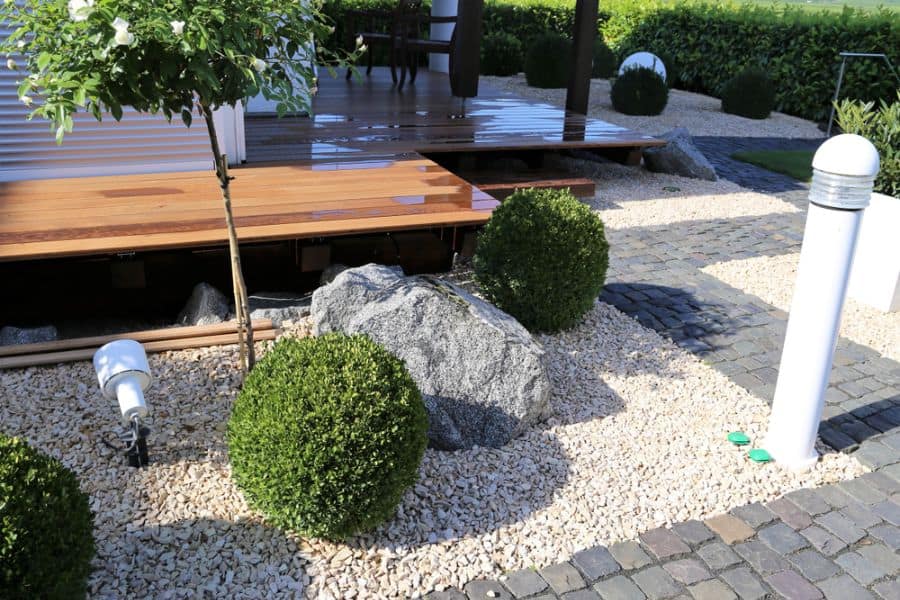
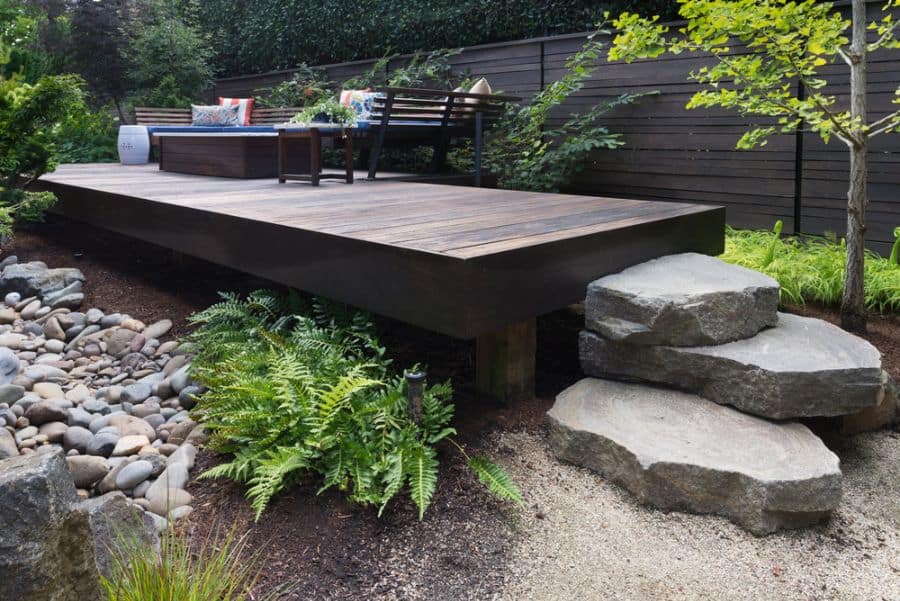
5. Nurturing Harmony
One of the most significant trademarks of Japanese garden design is the use of rocks for aesthetic purposes. Large rocks can take the place of ornamental plants, bringing the garden to “life” in a sense. Or you can use them to highlight the natural, immovable beauty that exists with or without our intervention.
Large stones can help break up a plot of raked sand or gravel in your Zen rock garden. If you want to include more greenery in your landscape, arrange rocks surrounded by structured shrubbery on the edge of your garden. You can grow moss on many stone surfaces, as well, if the climate permits.
Rocks can also fill a functional role in most landscapes. Use natural stone to create a walkway through your garden or build a set of organic-looking steps leading to a patio or uphill. You can use large boulders in place of traditional fencing or hedges.
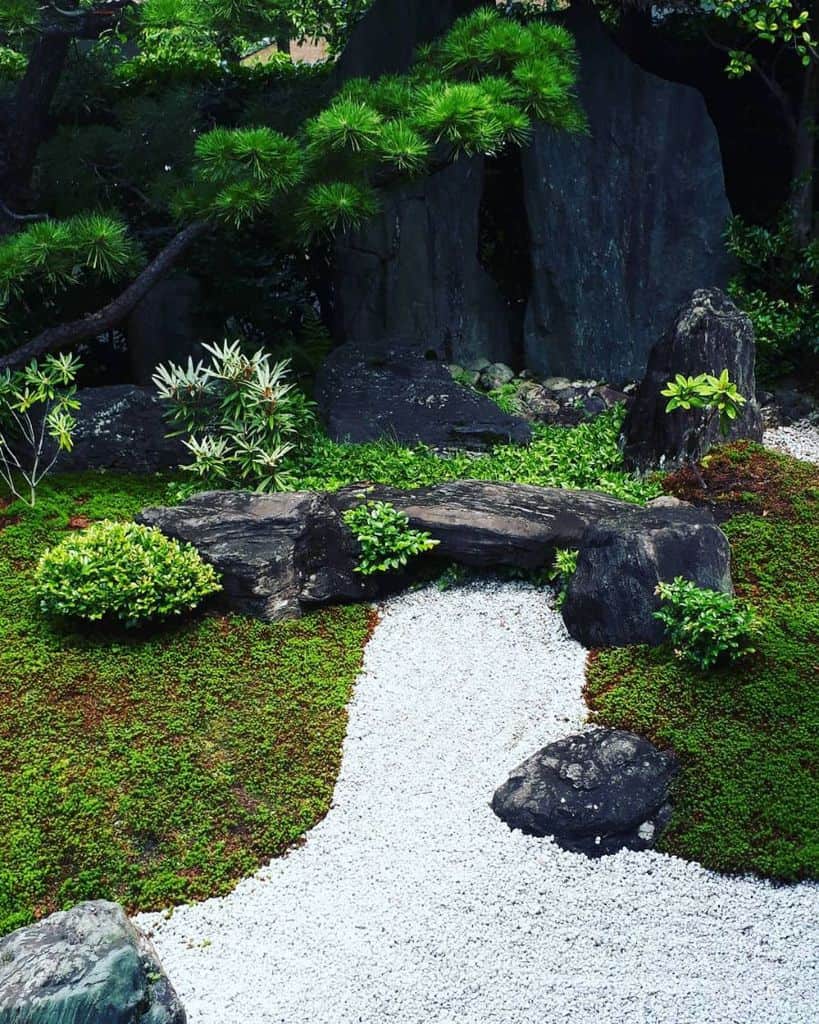
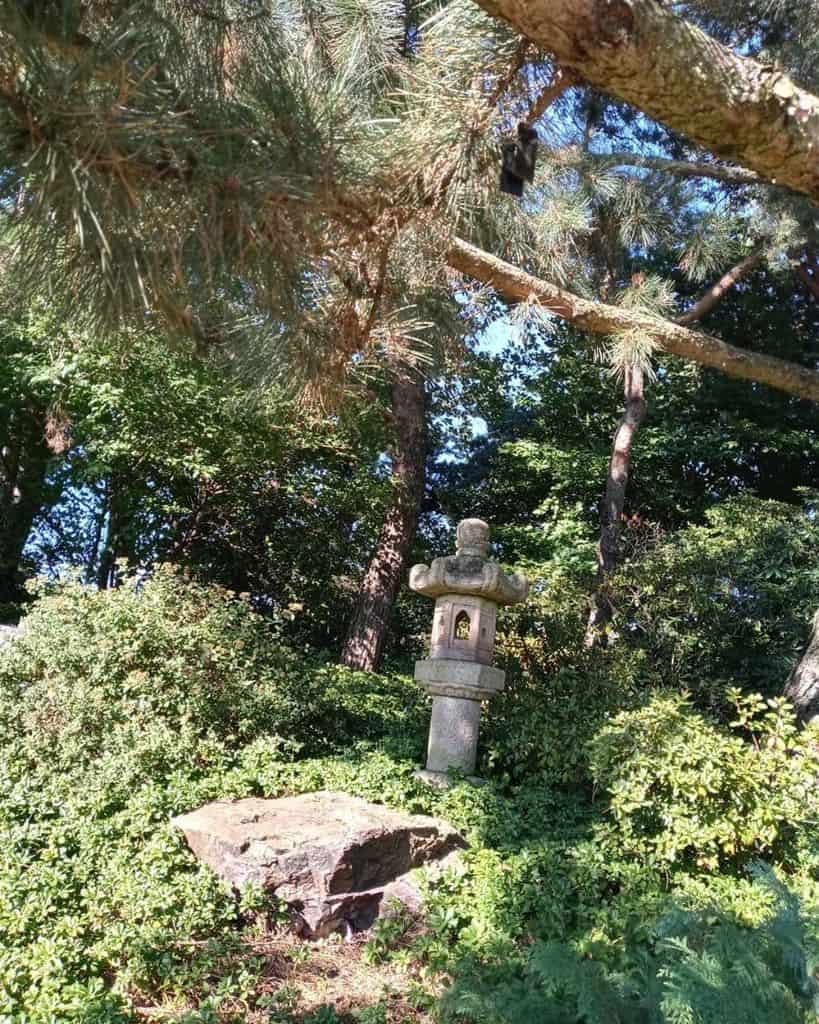
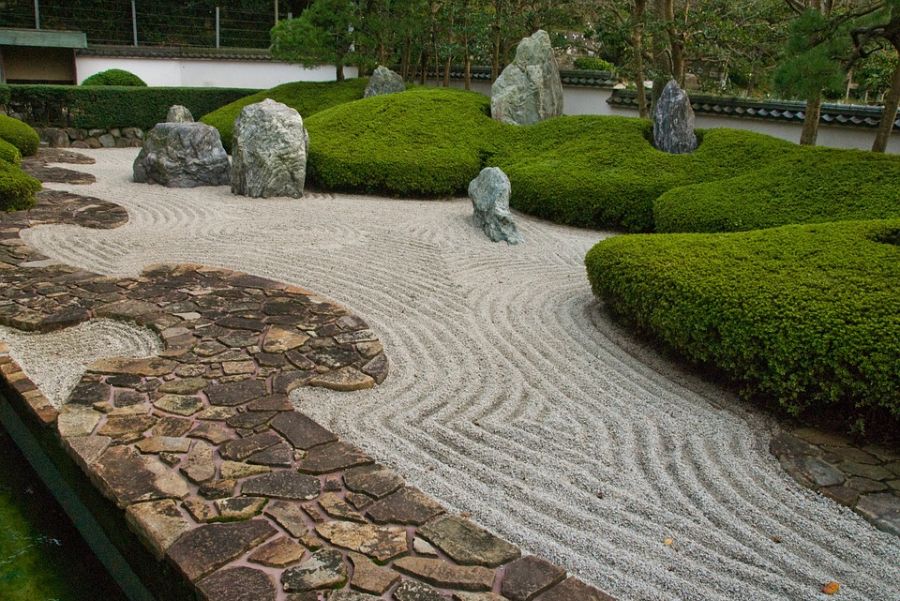
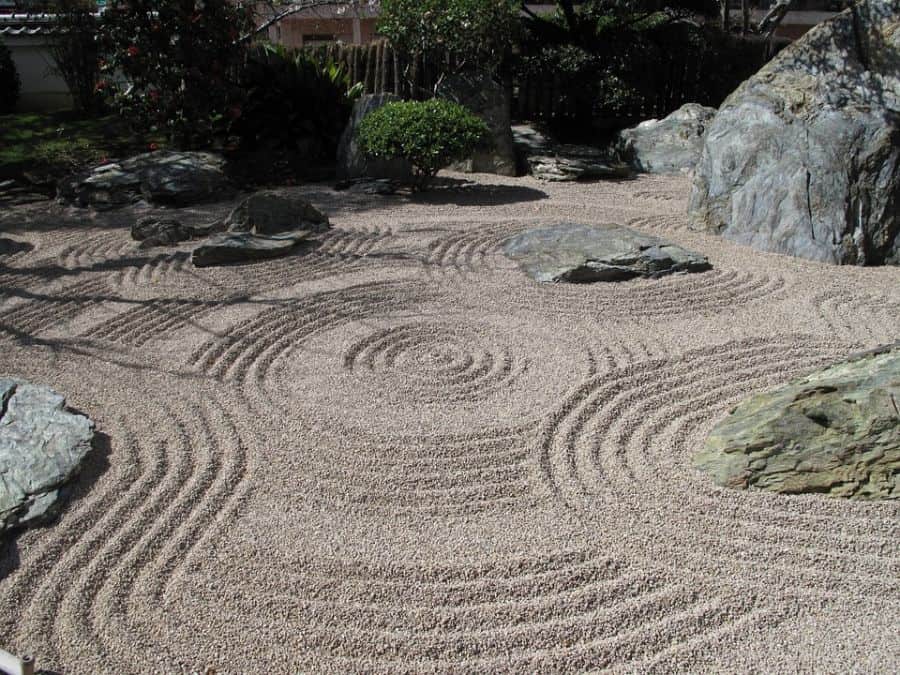
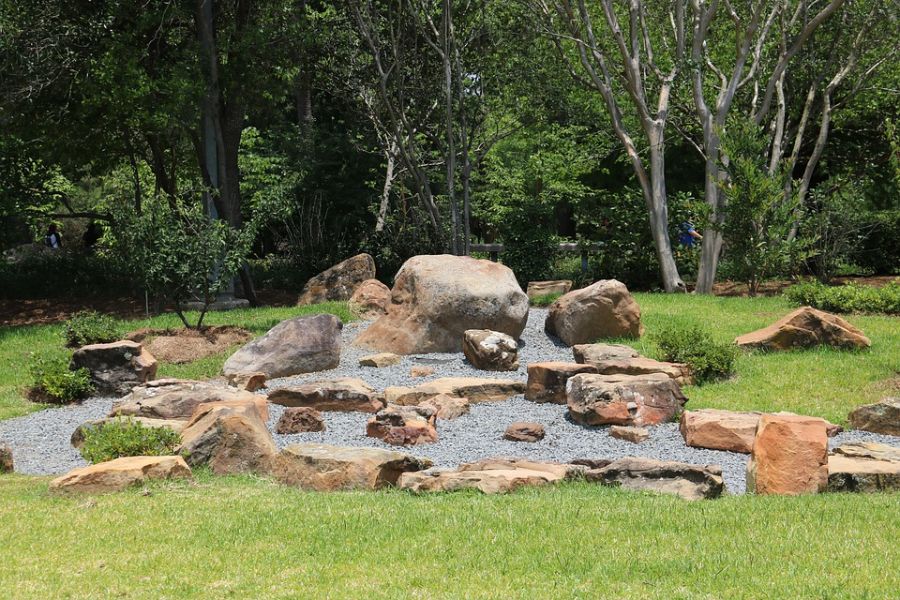
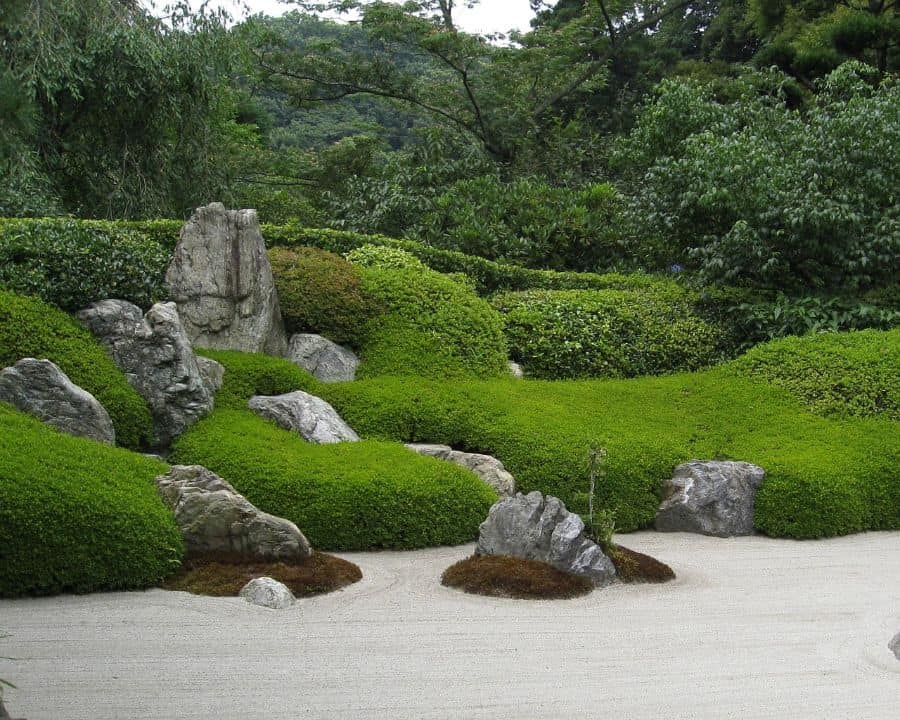
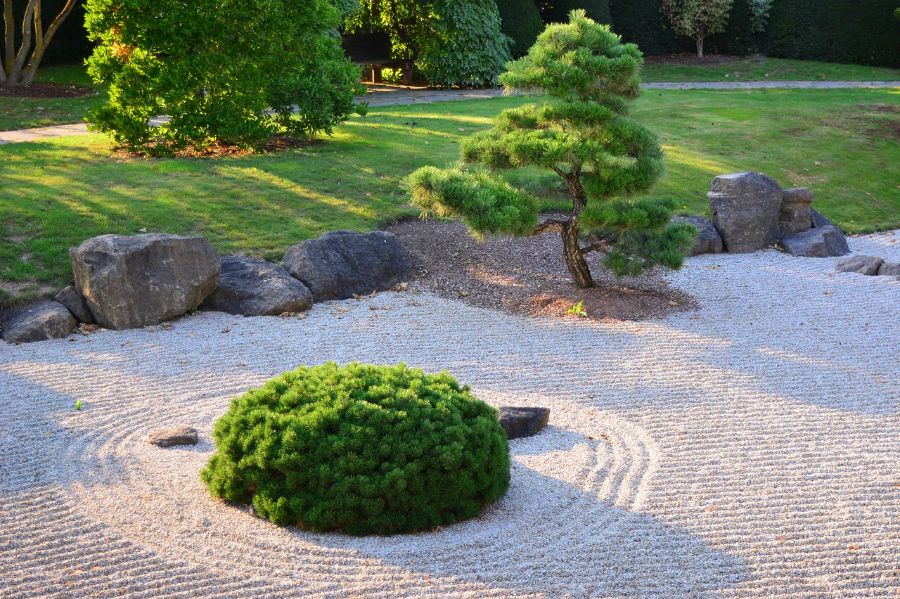
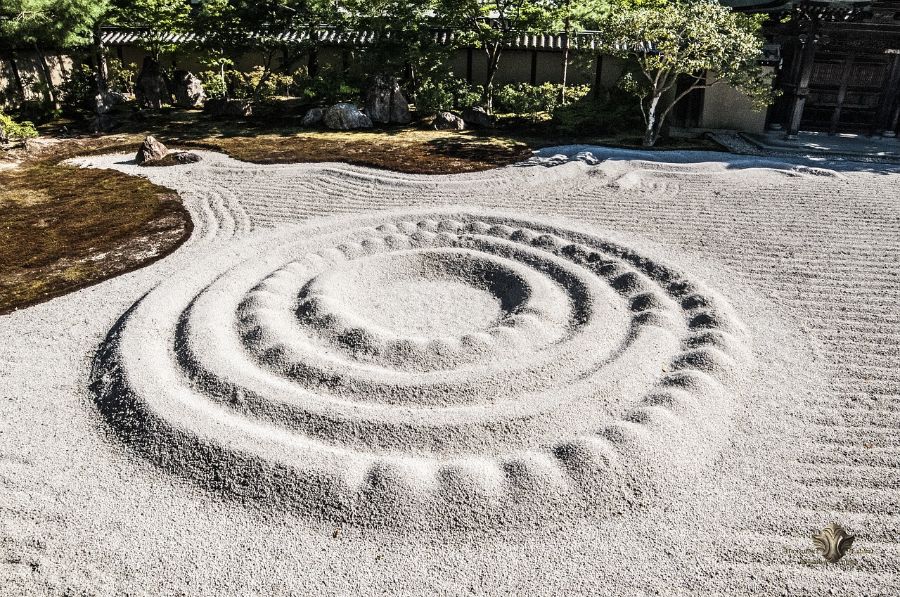
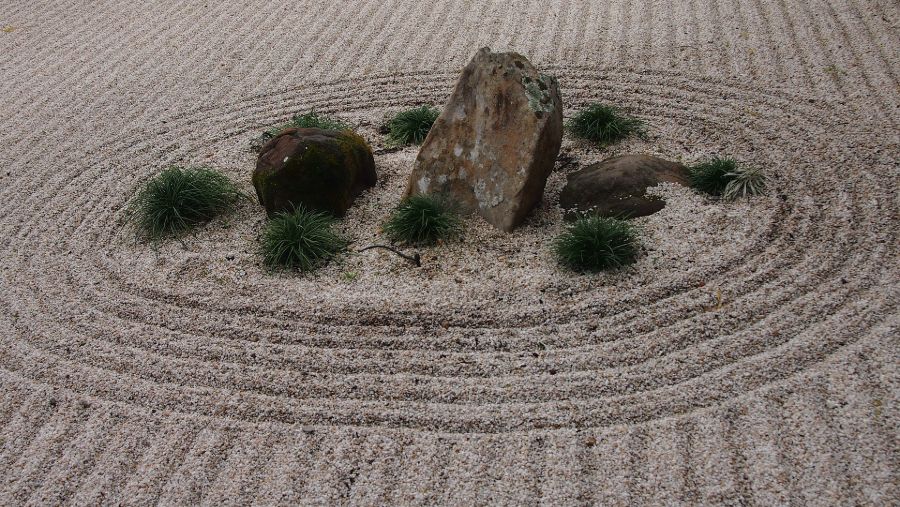
6. Flowing Serenade
While koi ponds are a classic Zen garden feature, few homes have the capacity for such a design. Still, you should absolutely include a water element in your garden if possible.
Water features can range from tiny ornamental ponds to elaborate fountains. Features with running water will offer both visual and aural beauty. For the best of both worlds, opt for a small pond fed by a waterfall.
Space will be your biggest limiting factor, but remember to consider future maintenance before jumping into a massive project. Even without living fish, water features require quite a bit of upkeep to stay looking their best.
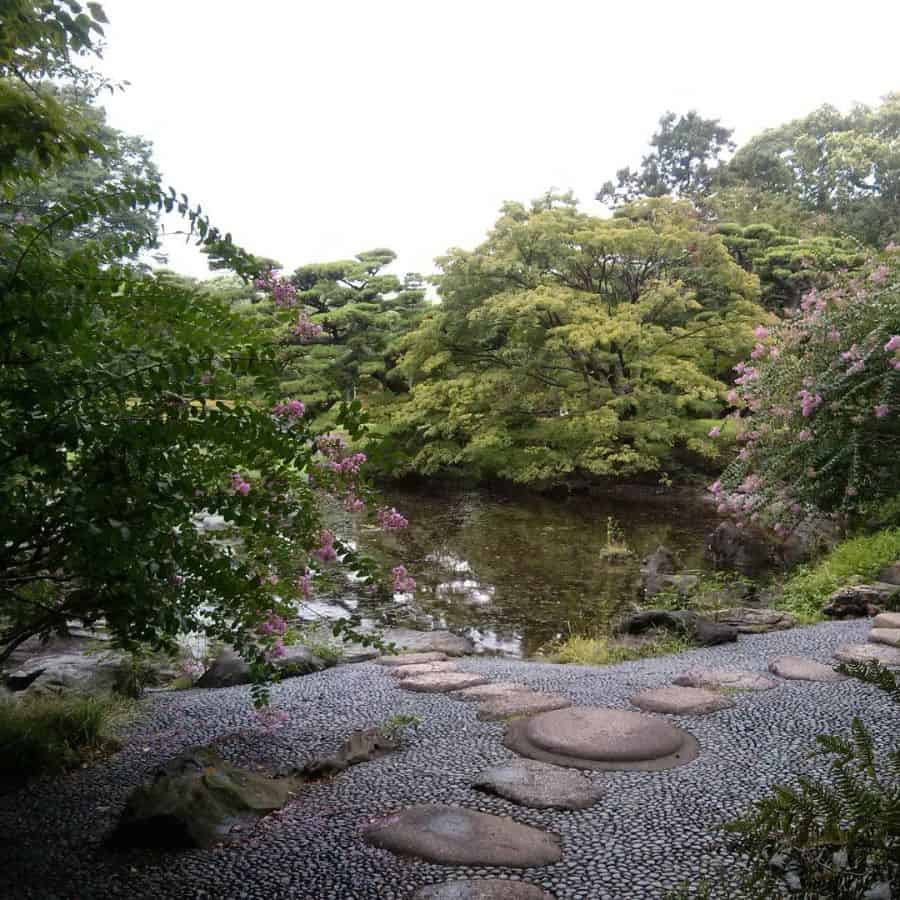

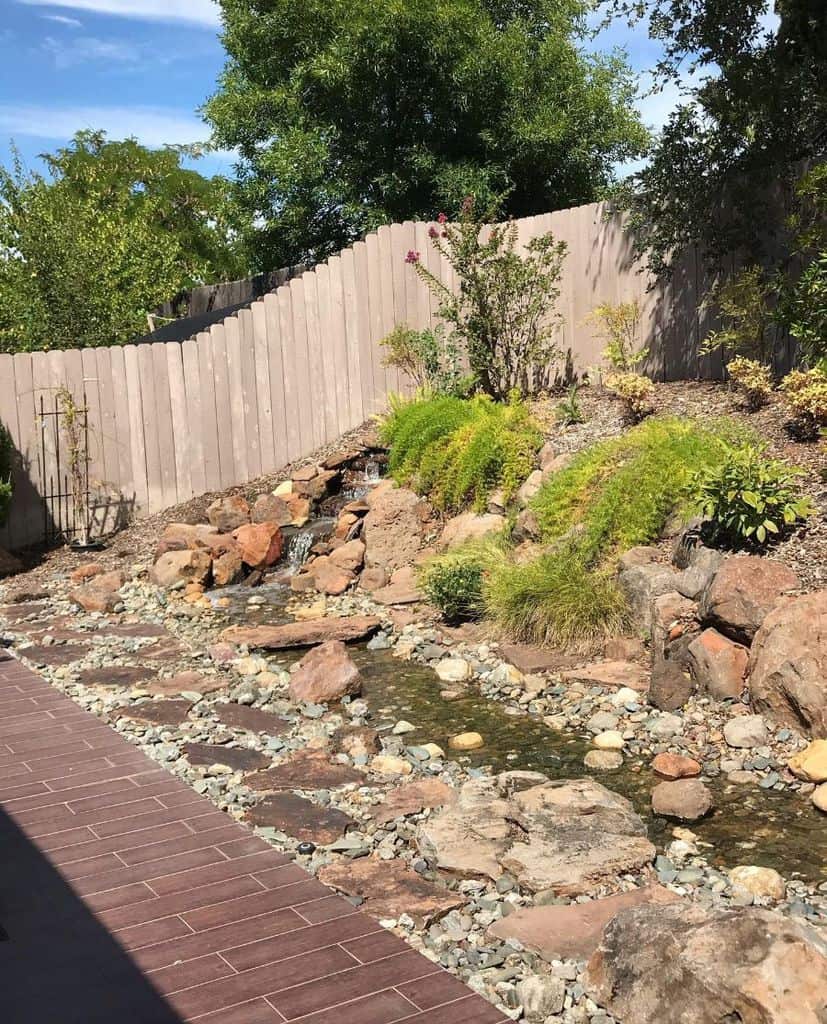
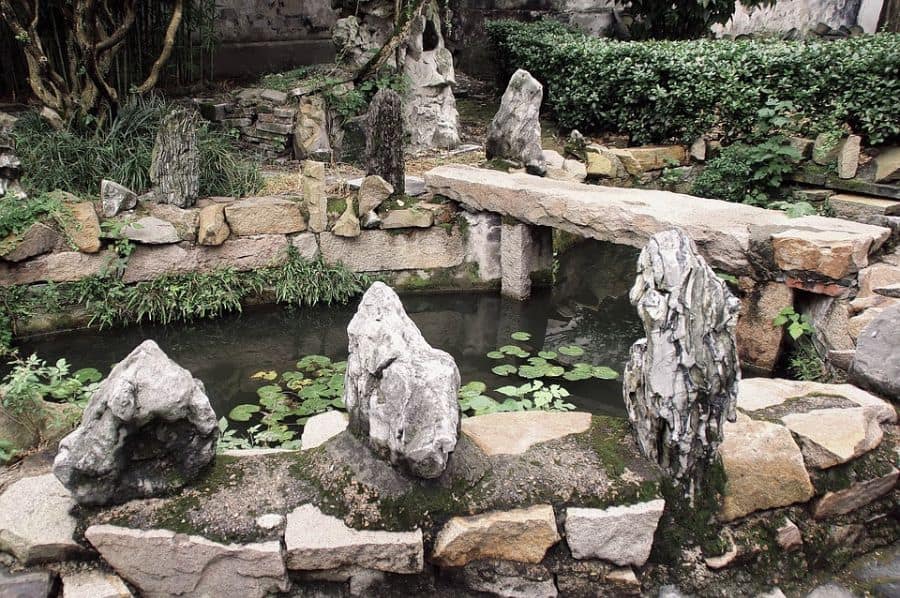
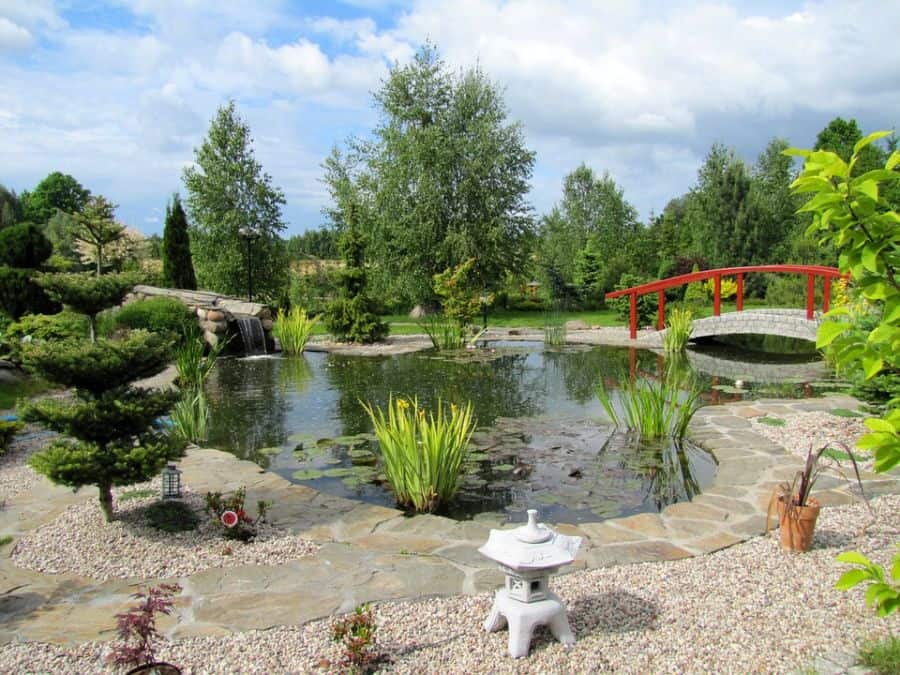
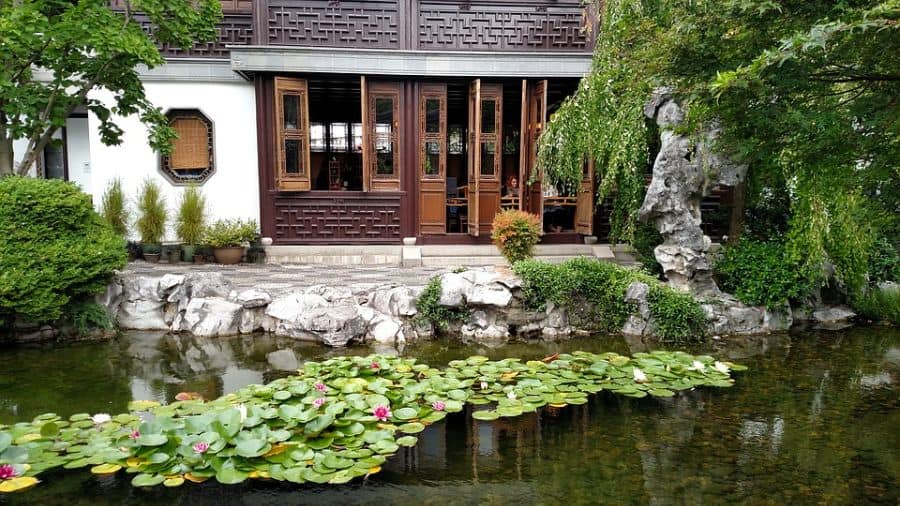
7. Zen-Inspired Bliss
At this point, we know that historical Zen gardens consisted of sand, gravel, stone, and little else. However, elements of Zen garden design are popular in countless modern landscaped gardens.
A few small changes can make your landscaping feel more like a traditional Japanese garden. Swap out regular mulch for well-draining white gravel. Use large, rough-edged stones to create pavers, steps, benches, or landscaping borders.
For trees, evergreens and Japanese maple offer a perfect blend of Zen and contemporary. Instead of flowers, choose shrubs and ornamental grasses with uniquely colored foliage. Carefully prune hedges and woody perennials to achieve the manicured look synonymous with Zen gardening.
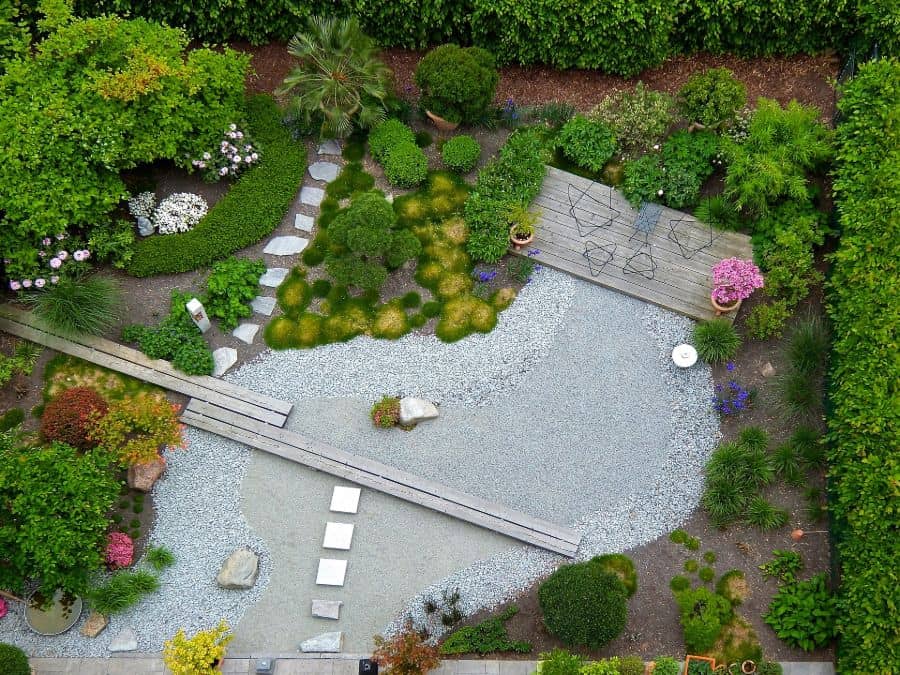
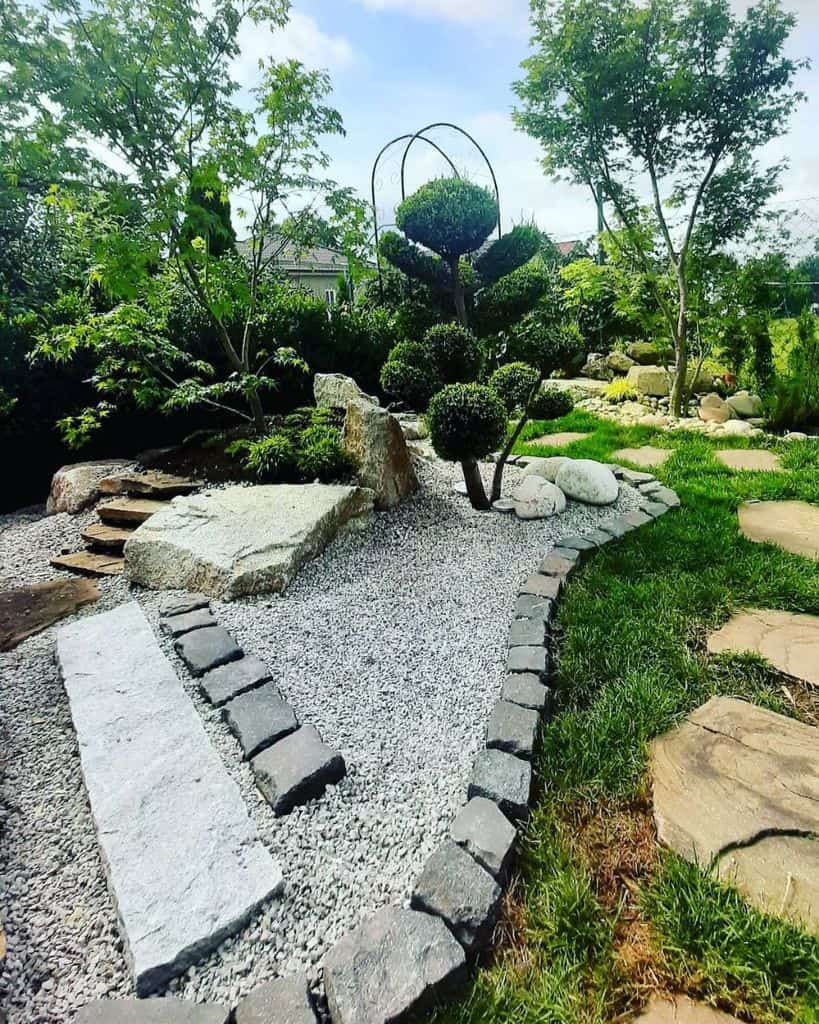
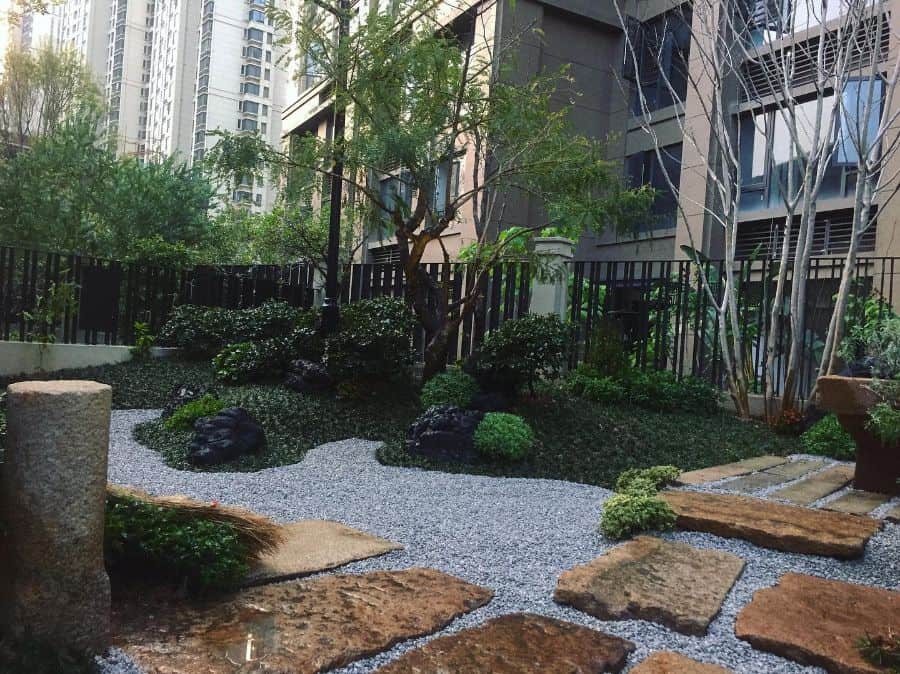
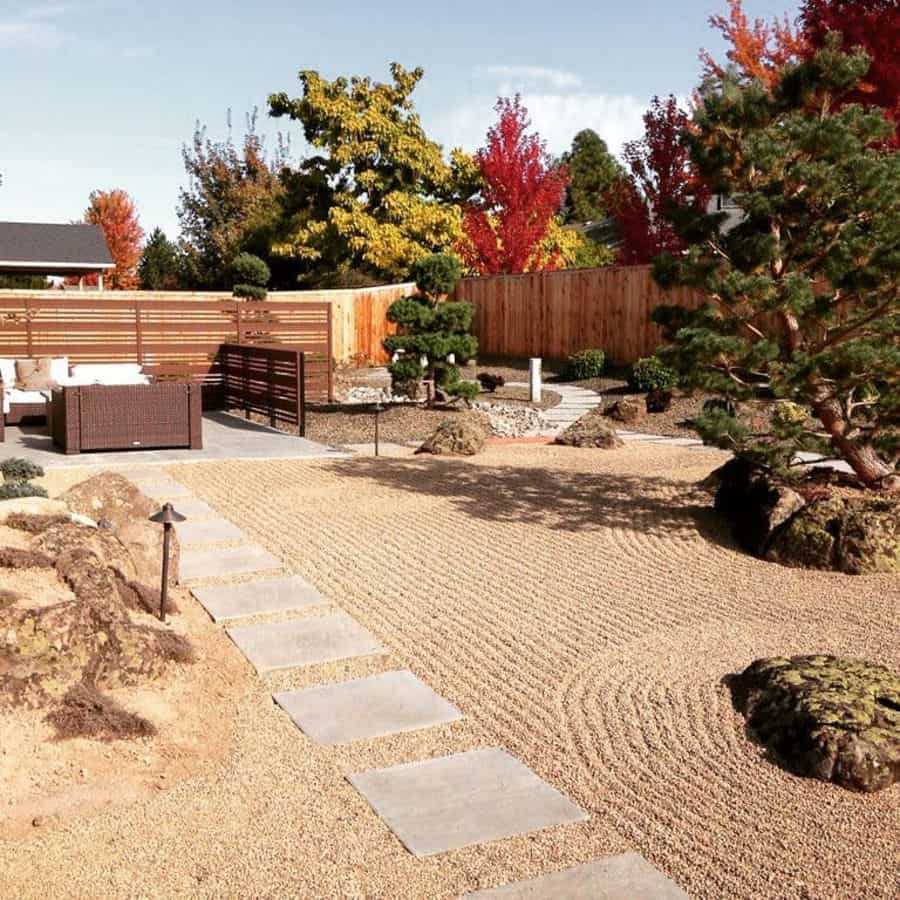
8. Creating Peaceful Retreats
Zen gardening is all about instilling peace and tranquility in its visitors and caretakers. You can adopt this mindset for your garden, whether you choose to transform your entire backyard into a dry landscape or only to include small elements of Japanese design.
Carve a pathway through your yard with stepping stones. You can wind this path back around to its start or culminate in a private hideaway perfect for meditation. Or use a stone path in place of a traditional walkway leading up to your patio or pool.
If giving up your lawn isn’t an option, section off part of your backyard for raked sand or gravel. Place decor, ornamental plants, or larger rocks within this section for a more varied design.
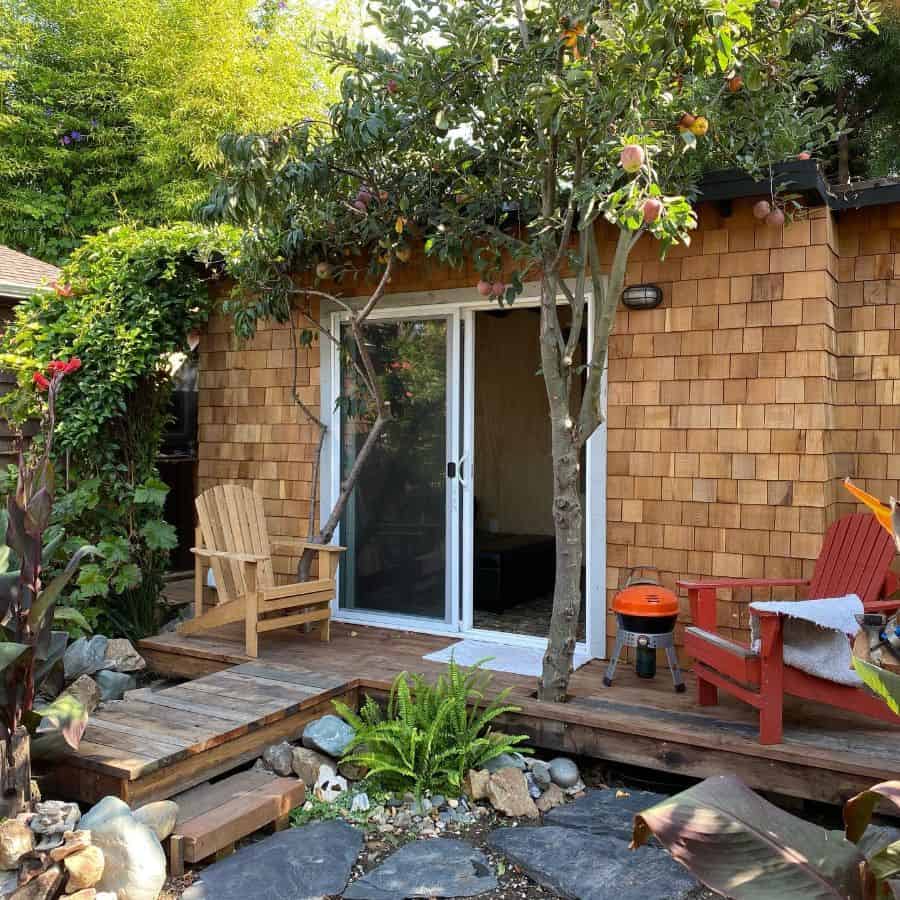
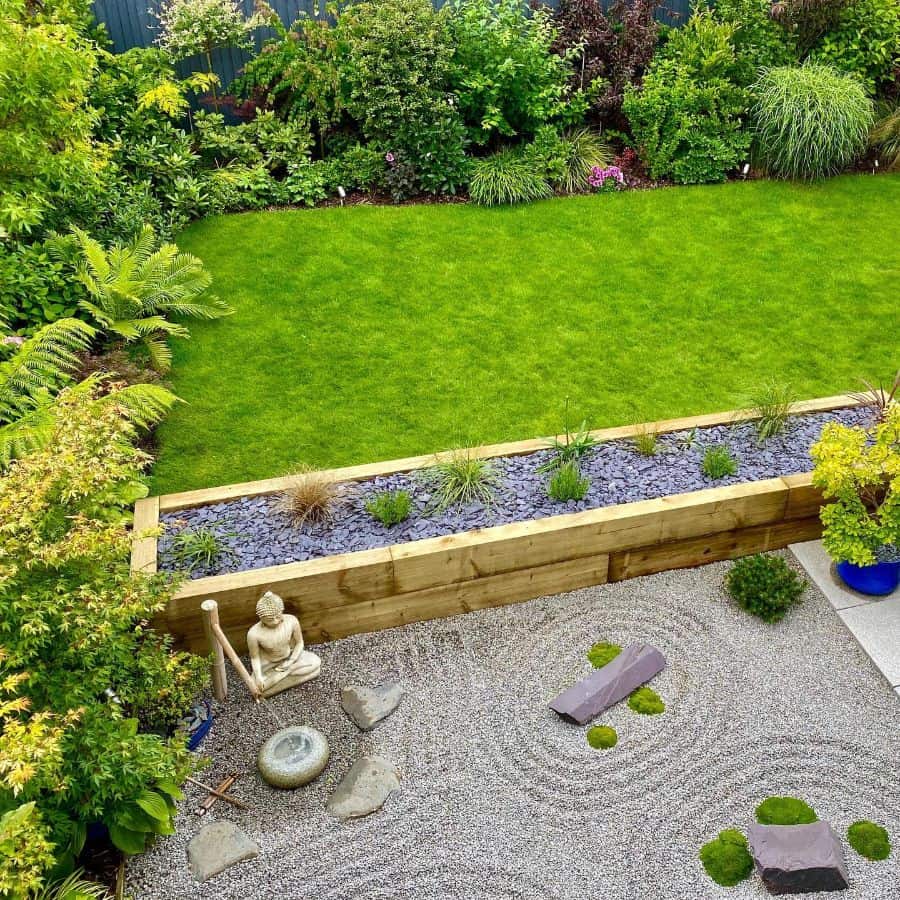
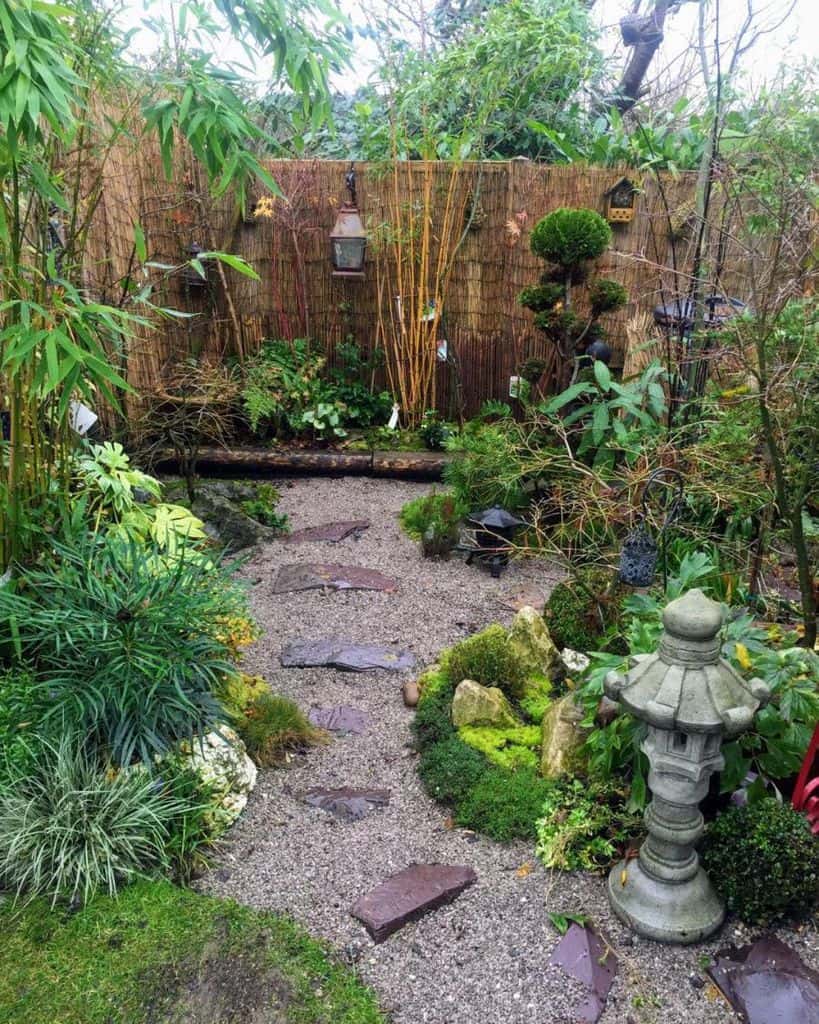
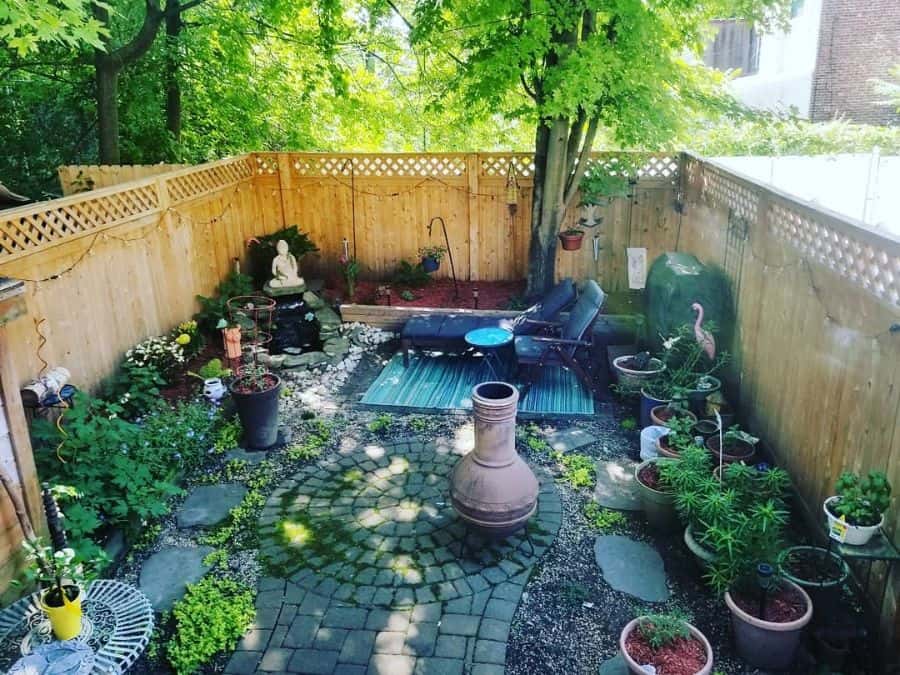
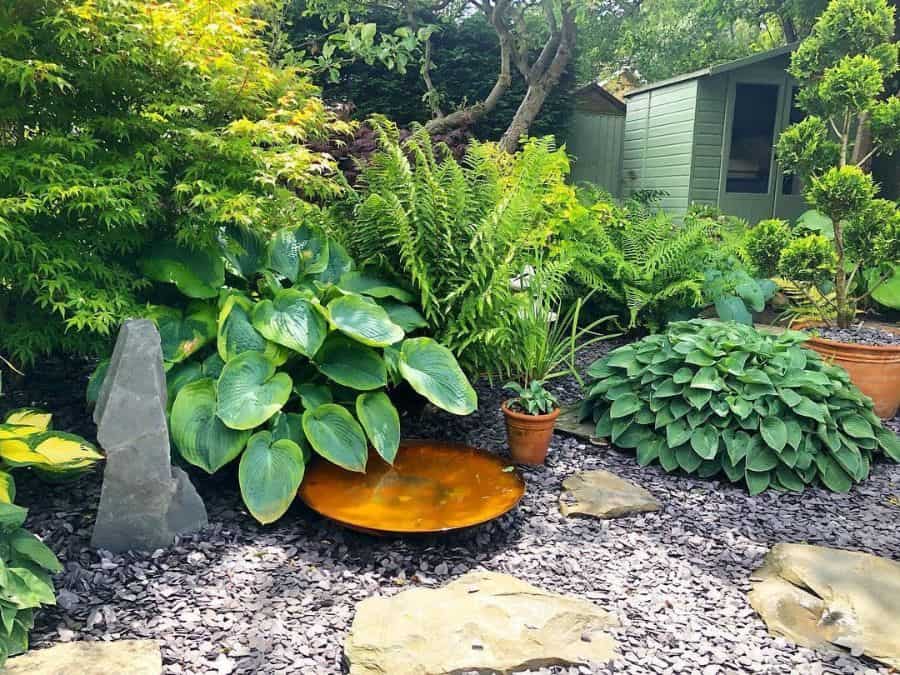
9. Simplified Serenity
If you’re skipping the elaborate pond or house-sized boulders, creating a Zen garden is one of the easiest DIY landscaping projects around. Technically, all you need is some sand, stones, and an idea to get started.
A Japanese rock garden doesn’t call for anything rare or expensive. Repurpose stones from a past landscaping project in your Zen garden design. Building and recycling centers often end up with old rocks from construction projects that work great for this purpose.
Containers are a wonderful alternative to in-ground planting. Plus, you can place planters right on top of your garden’s sand or gravel without issue. If you do invest in any trees or shrubs, go with young plants that will mature in a year or two.
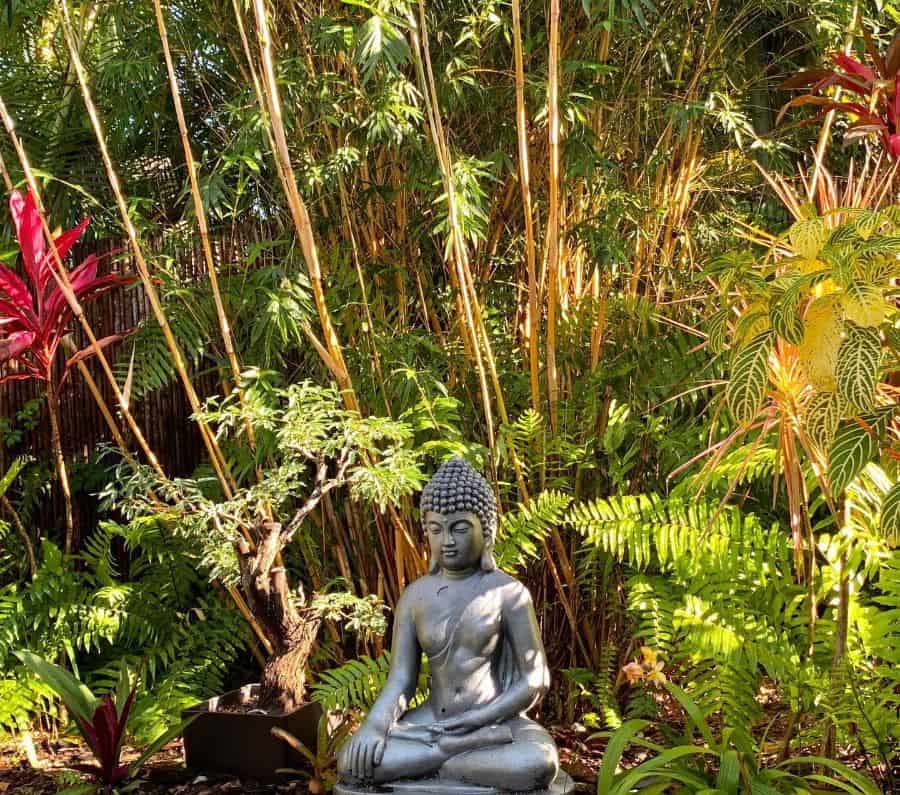
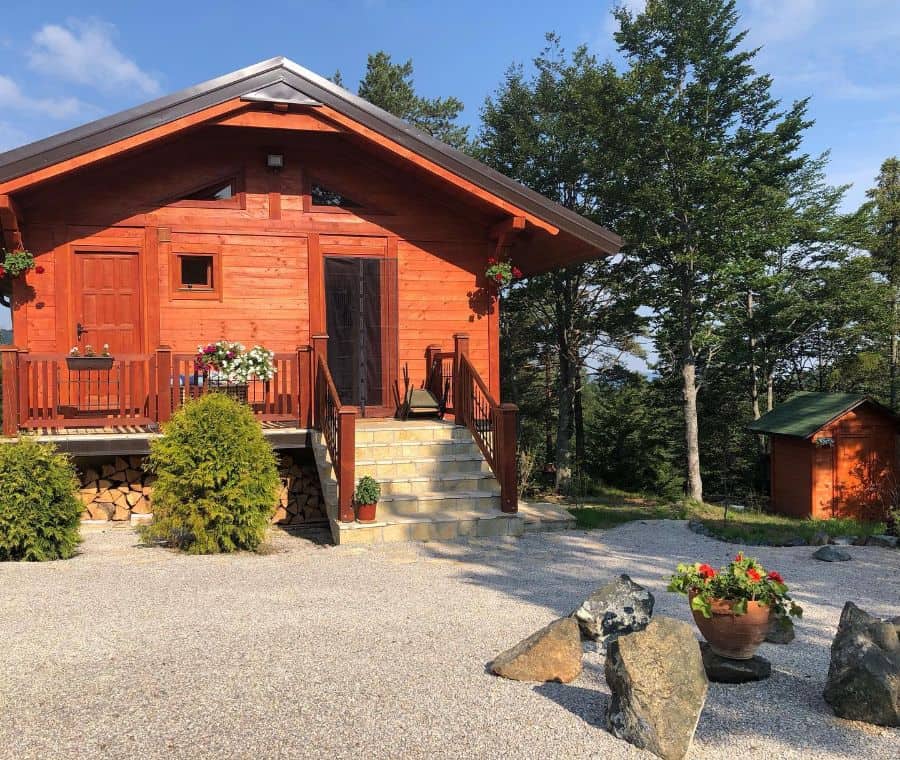
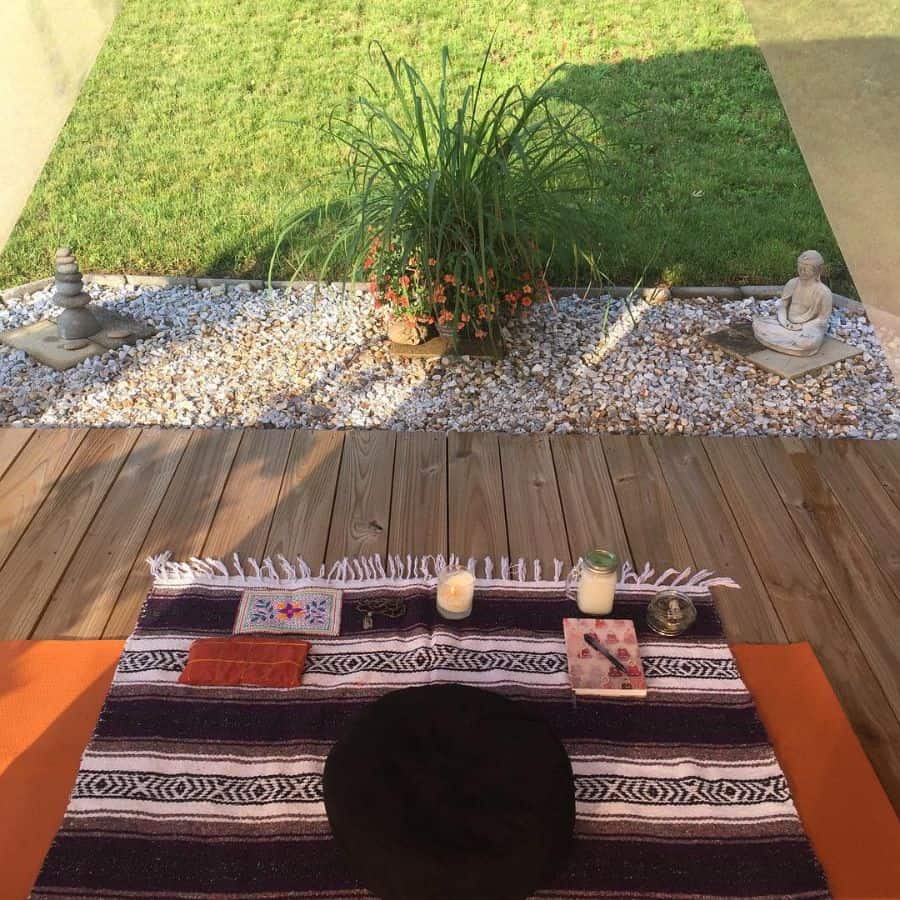
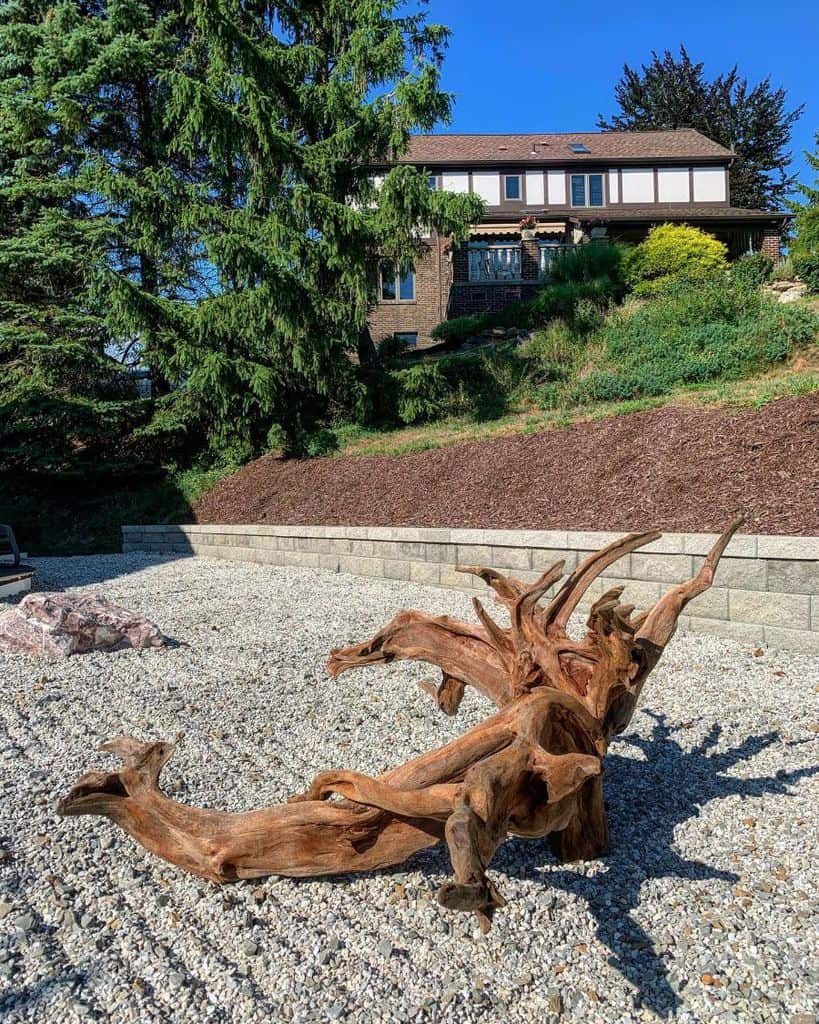
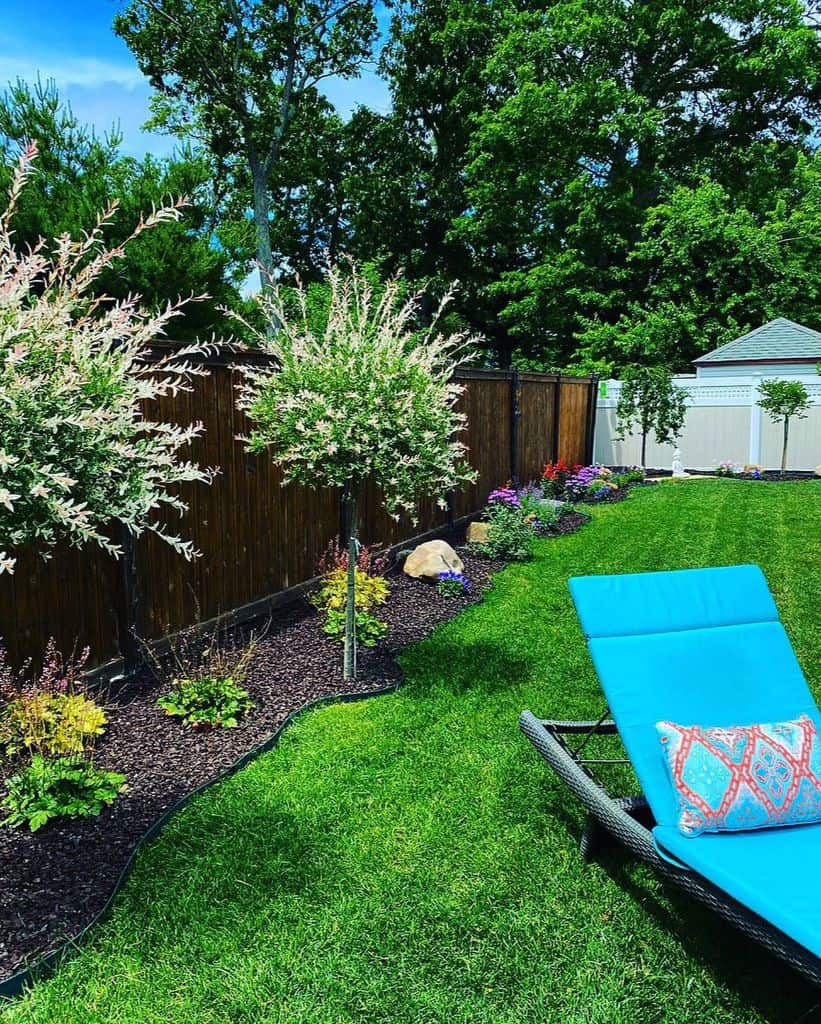
10. Embracing Tranquility
Classical Zen gardens can come in any size. But if your space is limited, you may need to think strategically for the most compact design.
A small zen garden can fit in some of the most unexpected places. For example, you might have an awkward patch of land next to your garage or a spot under your deck that’s sitting unused. You can section off part of your lawn or let the landscape flow naturally into your Zen Japanese garden.
There’s something poetic about creating a hidden alcove of meditation where no one would think to look. And since Zen gardens focus on dry landscaping over lush plant life, you don’t need to worry about poor light or drainage.
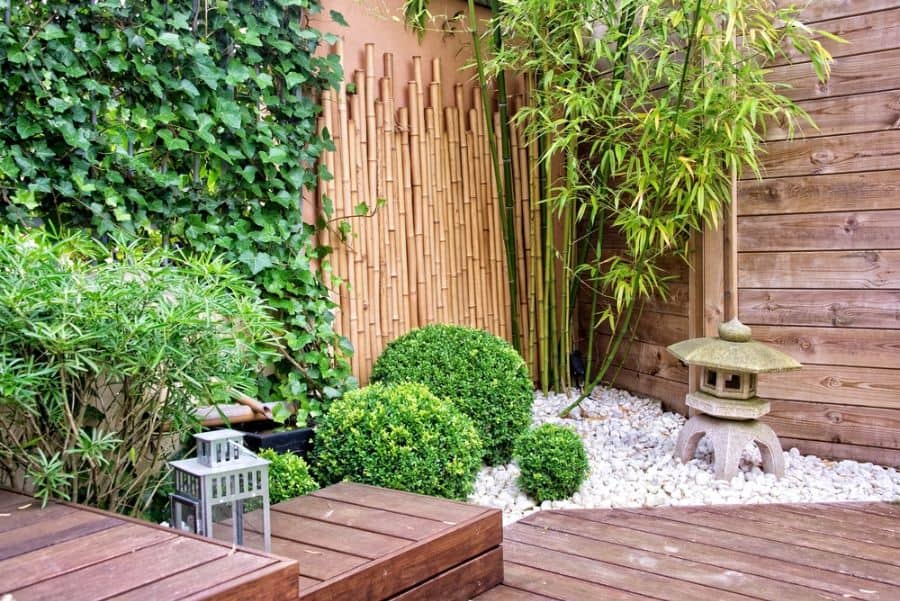
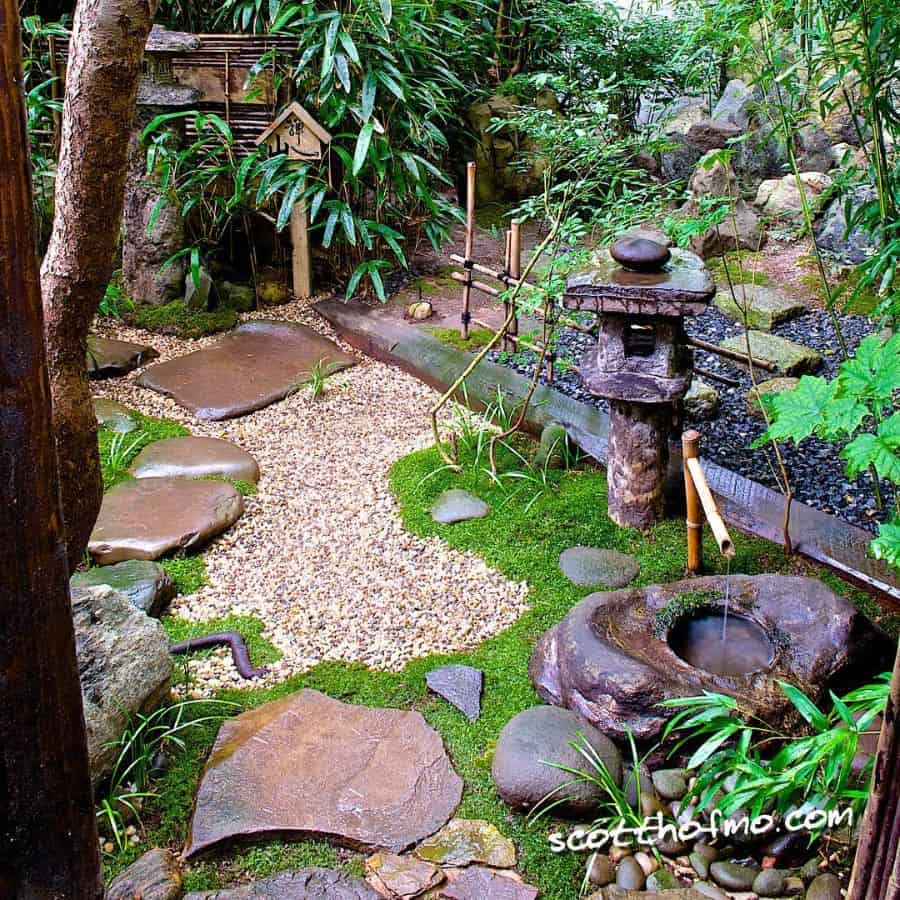
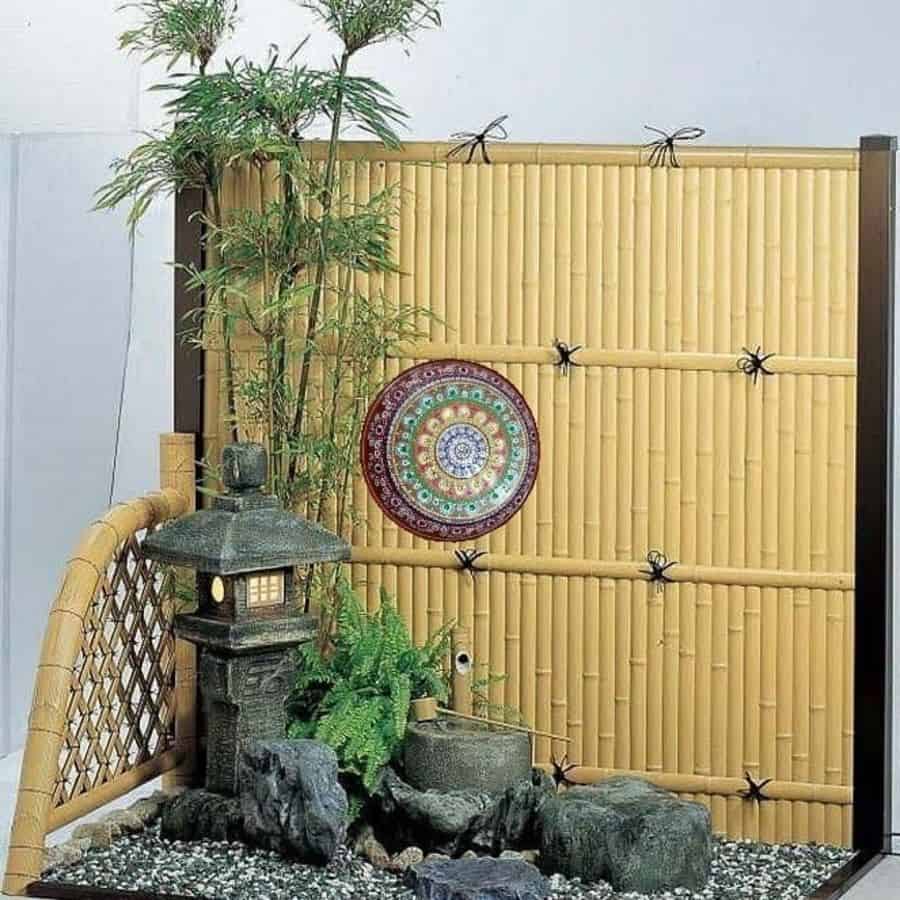
11. Inner Calm in Any Space
For those seeking greater relaxation or meditation, an outdoor Zen garden is not the only option. Indoor rock gardens have been popular for quite some time, especially when paired with modern architecture.
Anywhere you can enjoy a houseplant, you can create your own miniature Zen garden or greenhouse. You can even use Japanese garden design in your patio or porch planters.
Since classic Zen gardens are entirely dry, you may even see full-scale versions installed indoors. These gardens may consist solely of raked sand and stone, or they can include living varieties of evergreens, moss, and air plants.
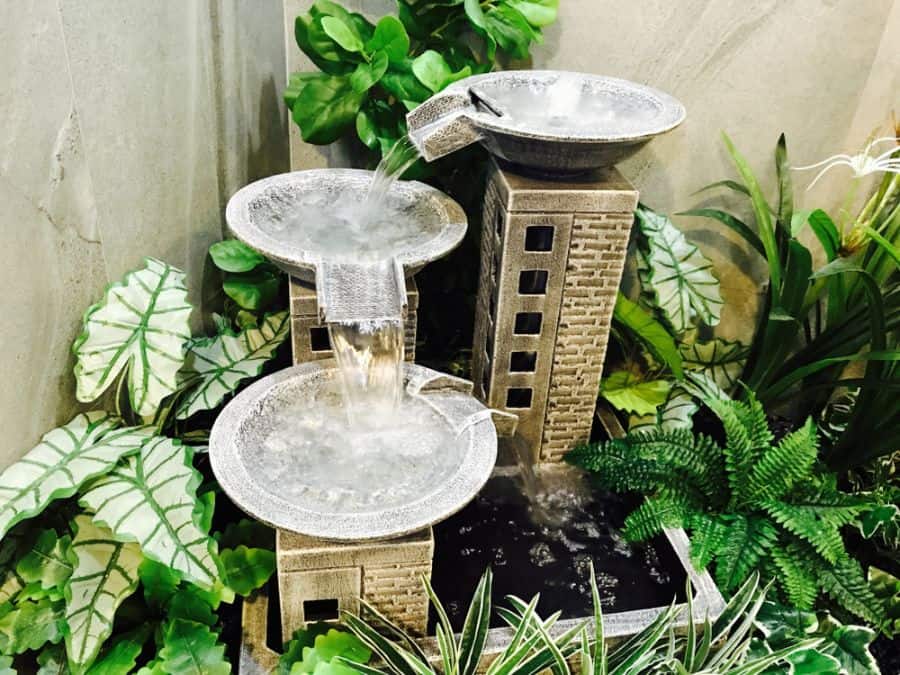
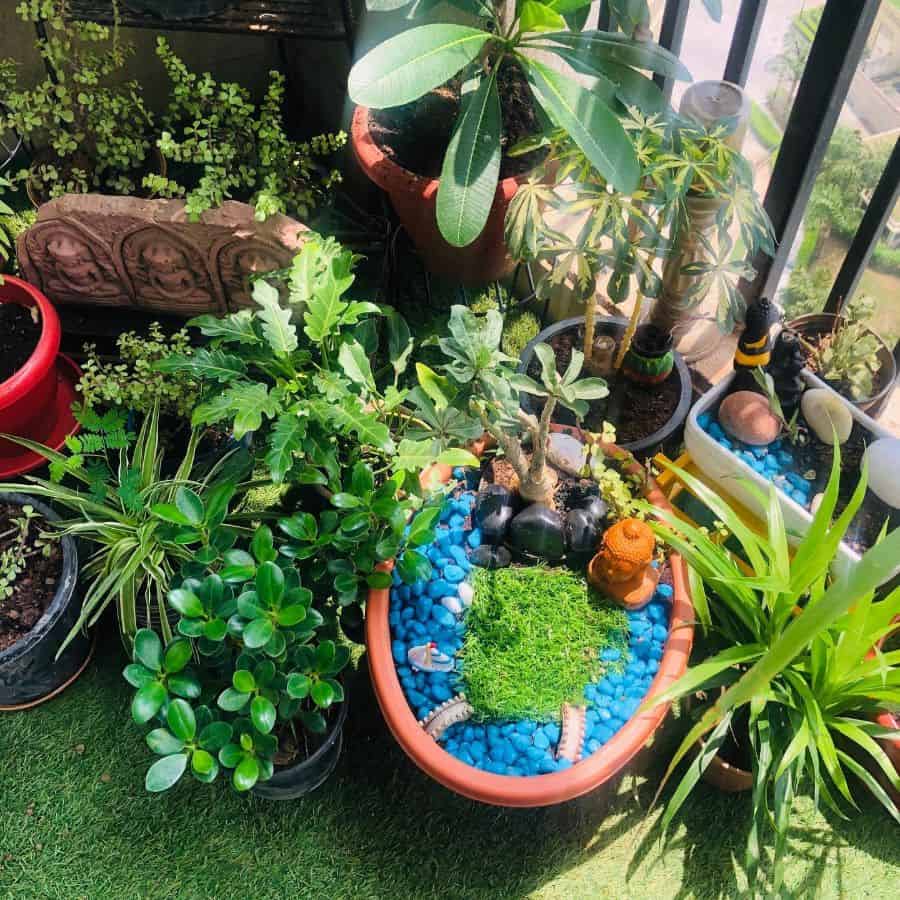
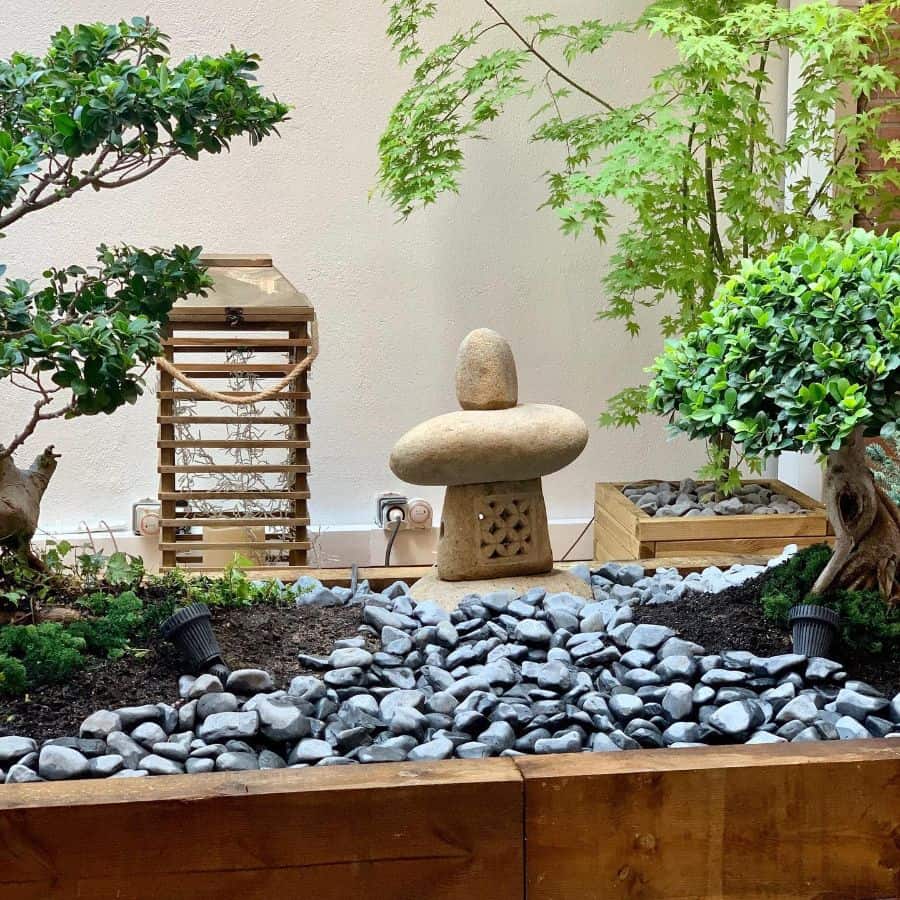
12. Cultivating Zen
Zen gardens have become such a popular trend that it’s not unusual to see one surrounded by overwhelmingly Western architecture. However, the beauty and meditative quality of these gardens is only amplified by traditional Japanese home design.
Whether your abode takes inspiration from Japanese homes or is one itself, adding a Zen garden is the next logical step. Set aside plenty of room for a plot of raked sand. Maintaining this section of your garden will really help emphasize the traditional design elements.
Plan out your garden layout to highlight the key architecture. Situate your rock garden so your home’s terrace overlooks it. Use carefully pruned trees to perfectly frame a doorway, window, or pond overlook.
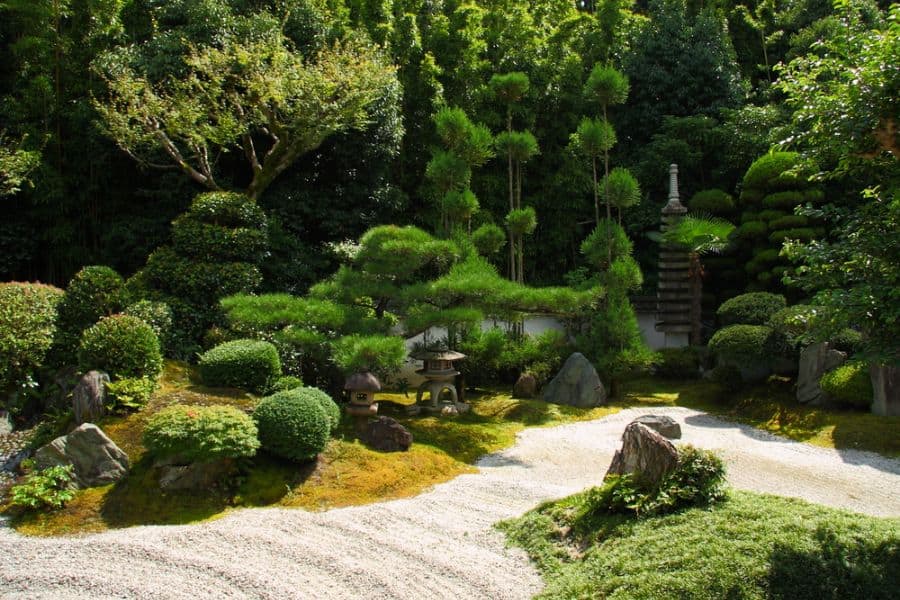
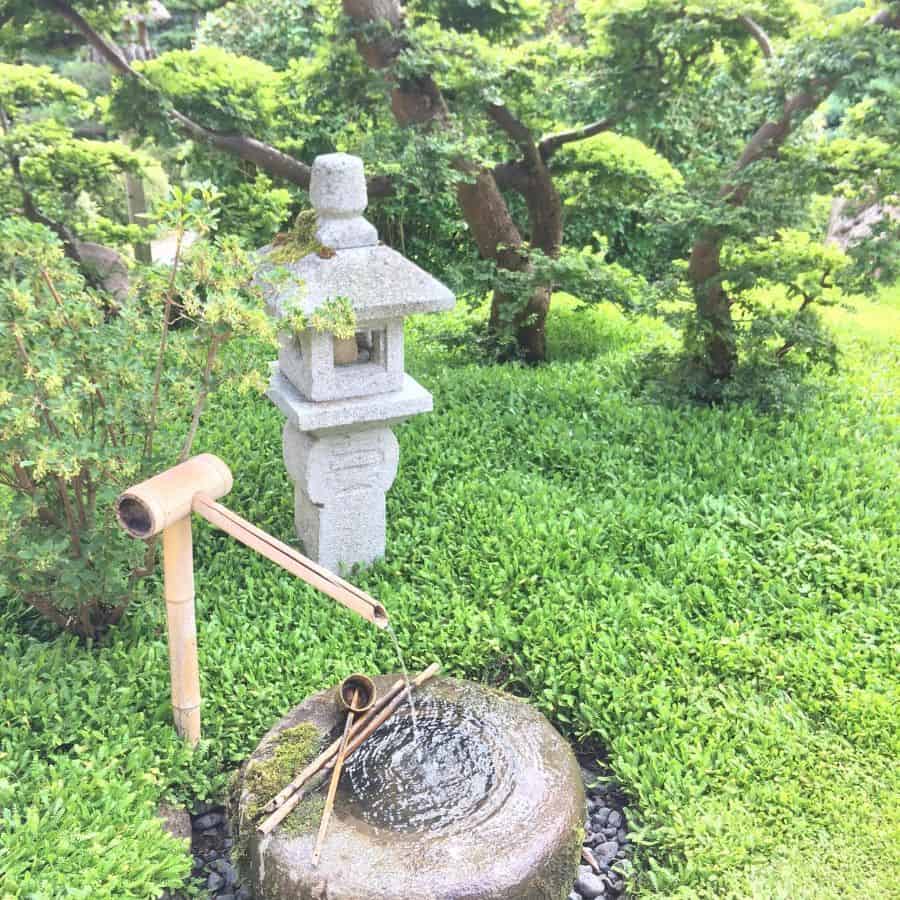
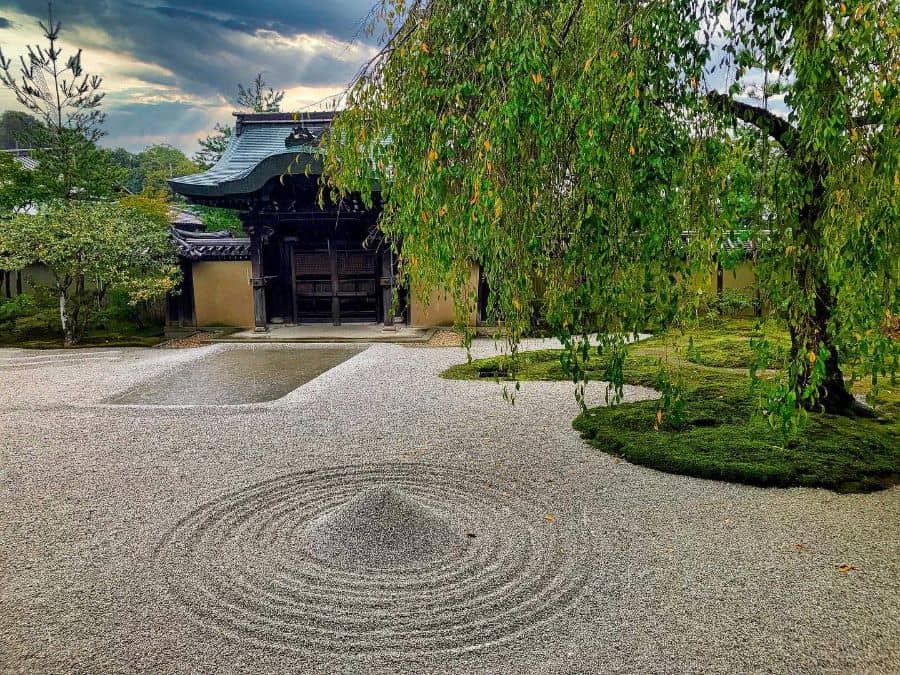
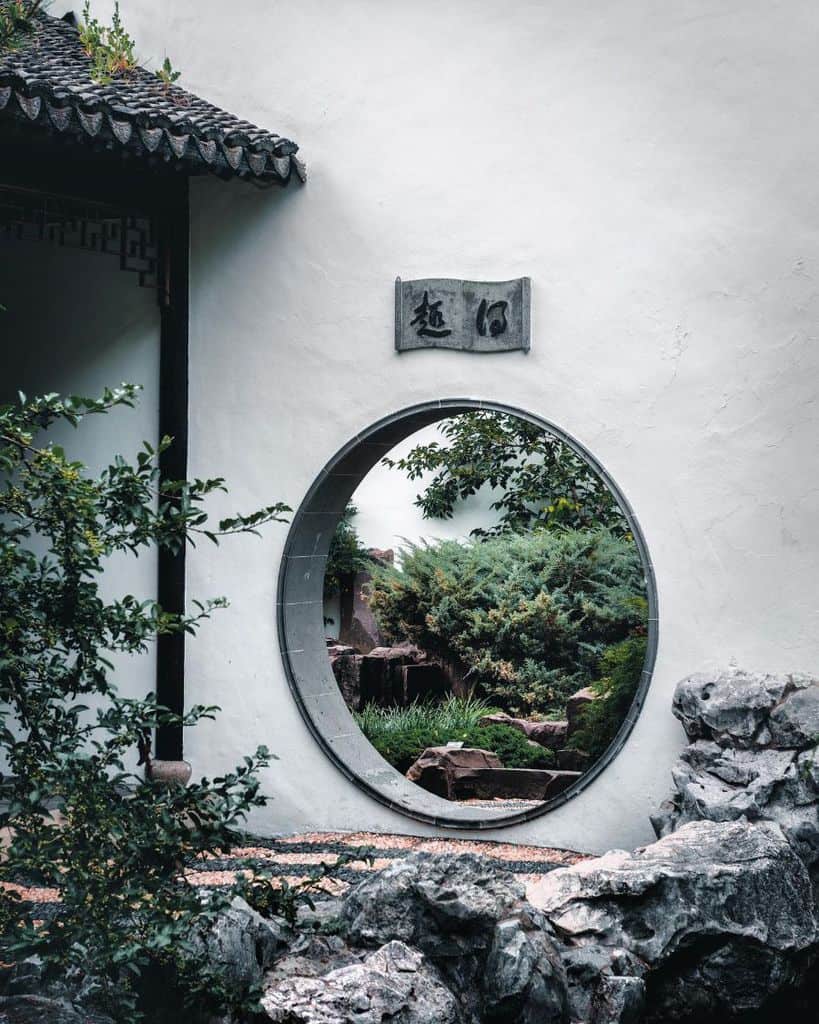
FAQs
What is a Zen garden and what is its purpose?
A Zen garden, also known as a Japanese rock garden or a dry landscape garden, is a unique and contemplative space designed to evoke a sense of peace, tranquility, and harmony. It typically consists of carefully arranged rocks, gravel, sand, and sometimes moss or small plants.
The purpose of a Zen garden is to provide a meditative and reflective environment where individuals can find inner peace, engage in mindfulness, and connect with nature. The minimalistic design encourages simplicity, stillness, and a focus on the present moment, allowing visitors to detach from the complexities of daily life and experience a sense of calm.
What is the significance of rocks in a Zen garden?
Rocks hold great importance in Zen gardens and are considered key elements in their design. They symbolize mountains or islands and represent stability, permanence, and strength. The placement of rocks within the garden is carefully considered to create a sense of balance and harmony.
Larger rocks, known as “ishi,” are often positioned upright or placed at focal points, while smaller rocks, called “kogetsu,” are arranged in groups or clusters. The patterns formed by rocks in the gravel or sand mimic natural landscapes and evoke a feeling of serenity and tranquility.
Is building a Zen garden cultural appropriation?
It’s not a comfortable question to ask, yet it is an important one. And it’s totally fair to wonder if designing a zen garden can be considered cultural appropriation if you are not a part of Zen Buddhism yourself.
First, there is no hard and fast rule for what is or is not appropriation. The most important thing you can do is be respectful of and educate yourself about the religious origins of the Zen garden.
If you want to include traditional Japanese artwork in your garden design, be sure to purchase it from actual Japanese artists. Reproductions may be cheaper and easier to find but do nothing to support the cultural traditions and craftsmanship that inspired them.
Avoid using religious imagery that you don’t personally ascribe to just because it fits the aesthetic. This includes sculptures or images of Buddha. Instead, include religious or spiritual symbols, if any, that are meaningful to you.
